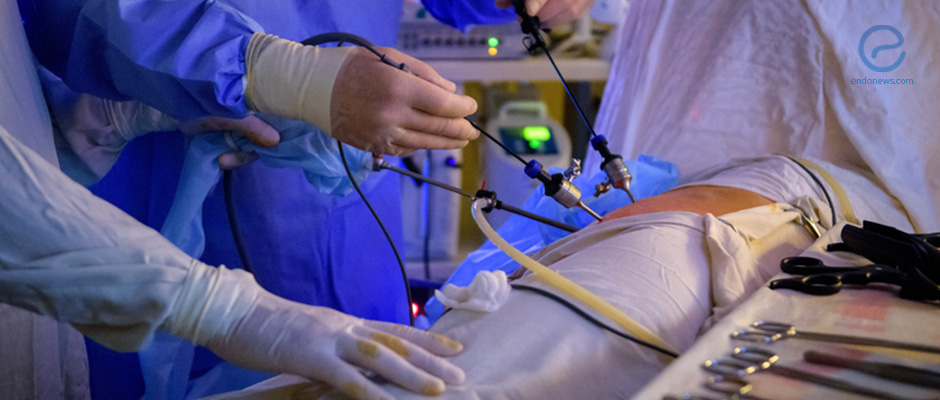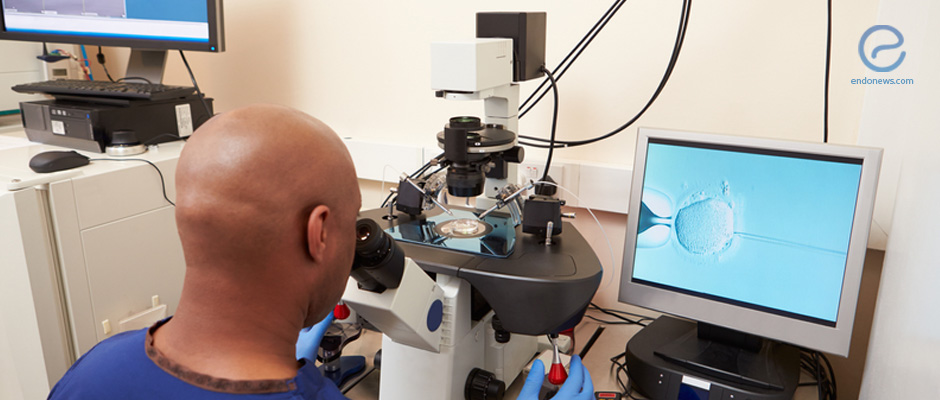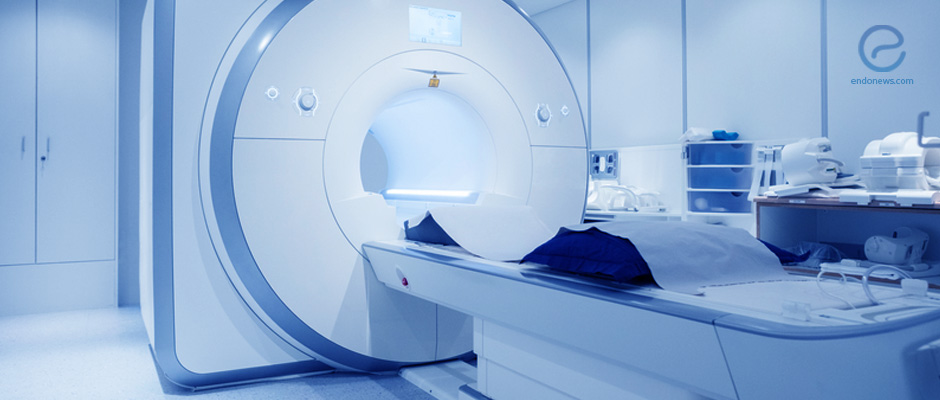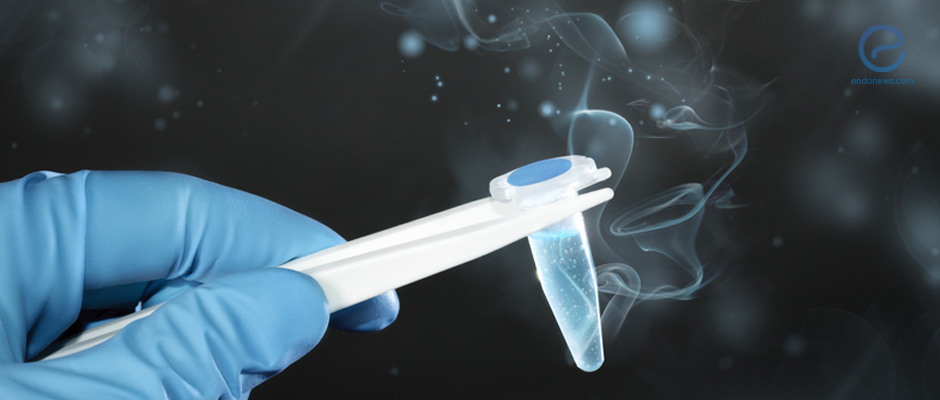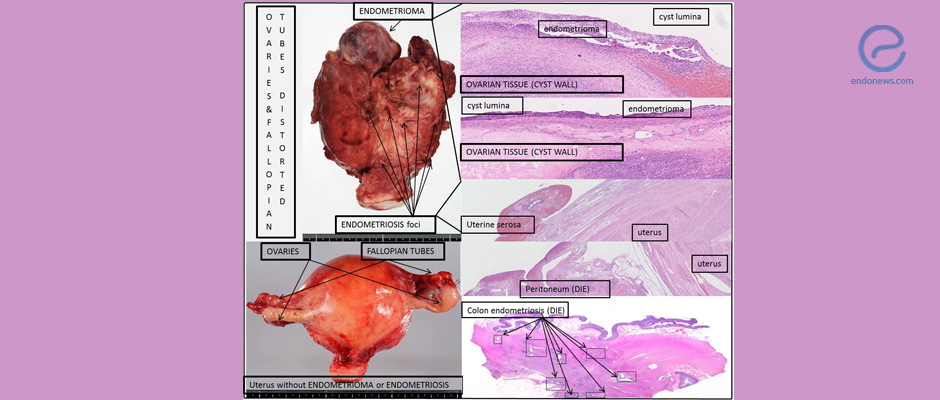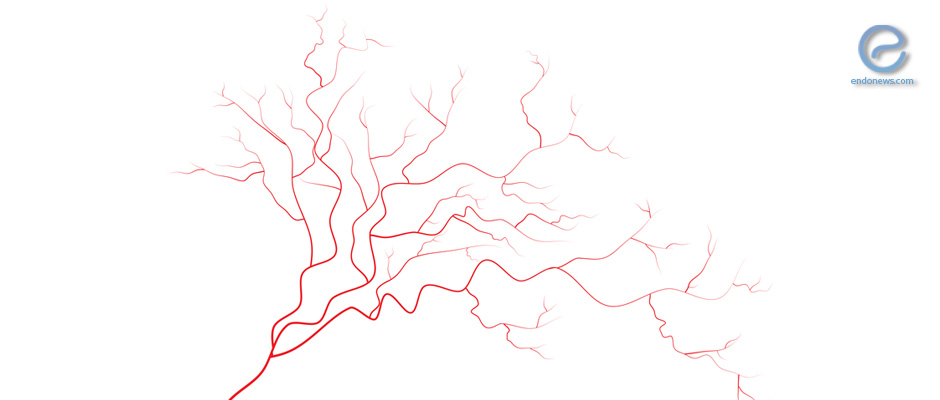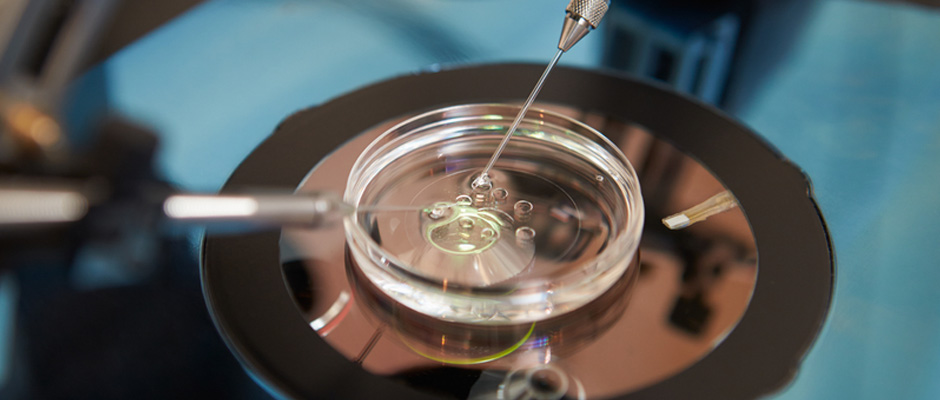Fertility and Recurrence Outcomes After Laparoscopic Ethanol Sclerotherapy for Endometriomas
Ethanol sclerotherapy is a minimally invasive approach for treating ovarian endometriomas and is sometimes used as an alternative to surgical cystectomy, particularly when preservation of ovarian reserve is a priority. Instead of removing the cyst wall, the technique involves aspirating…
Key Points Lay SummaryEndometriosis surgery and Anti-Mullerian Hormone Levels
Anti-Müllerian Hormone (AMH), a hormone produced by ovarian granulosa cells, is widely used to estimate ovarian reserve and predict how women may respond to fertility treatments. According to the latest ESHRE (European Society of Human Reproduction and Embryology) guidelines, ovarian…
Key Points Lay SummaryHaving Endometriosis Surgery After IVF Better, Study Suggests
A new study published in Archives of Gynecology and Obstetrics suggests that performing in vitro fertilization (IVF) before surgery may lead to better IVF outcomes for women with endometrioma. To determine the optimal treatment sequence, Dr. Ivan Sini and colleagues from…
Key Points Lay SummaryTenascin C as a Crucial Player in Peritoneal Endometriosis Pathogenesis
Tenascin C, an extracellular matrix protein, may play a key role in the events leading to the development of peritoneal endometriosis, according to a new study published in the journal Fertility & Sterility Science. To describe elements of the extracellular…
Key Points Lay SummaryExcisional vs Ablative Surgery for Ovarian Endometriomas: Fertility and Recurrence Rates
Endometriomas are typically treated surgically with either cystectomy or ablation and drainage. Laparoscopic surgery offers benefits such as shorter hospital stays, quicker recovery, and reduced healthcare costs. Many women undergo endometrioma surgery prior to fertility treatments or to enhance their…
Key Points Lay SummaryPredictive factors for decline in postoperative serum AMH levels following endometrioma surgery
Women with endometrioma seek treatment because of symptoms such as pelvic pain and infertility that reduce their quality of life. There are several management approaches including medical and surgical options. Ovarian cystectomy using laparoscopic or robotic devices is one of…
Key Points Lay SummaryEndometriomas and the Severity of Endometriosis
A new study published in the Journal of Clinical Medicine by Dr.Nezhad's group reveals that endometriomas, a form of deeply infiltrating endometriosis, are strongly associated with advanced stages of the disease. The authors investigated how the presence of endometriomas—whether on one side or both—correlates…
Key Points Lay SummaryA new pathogenetic hypothesis of endometriosis
Recent research has focused on perimenopausal women who experienced hematoperitoneum and lower abdominal pain, subsequently developing deep infiltrating endometriosis within a few months of the initial episode. Ultrasonographic evaluations revealed that a bleeding functional ovarian cyst was the primary cause…
Key Points Lay SummaryOvarian Endometrioma Does Not Affect Egg Quality, Study Suggests
Ovarian endometrioma could decrease oocyte yield in patients undergoing in vitro fertilization (IVF) or intracytoplasmic sperm injection (ICSI), according to a new literature review and meta-analysis published in the scientific journal Reproductive BioMedicine Online. However, it does not seem to…
Key Points Lay SummaryImpact of Endometriosis Subtypes on Increased Ovarian Cancer Risk
The risk of ovarian cancer is markedly increased in patients with ovarian endometriomas and/or deep infiltrating endometriosis (DIE), according to a new study published in The Journal of the American Medical Association. These patients should be offered counseling about the risk of ovarian cancer and…
Key Points Lay SummaryOvarian endometriomas revisited
Dr. Farr R. Nezhat and his world-renowned team have published their narrative review on ovarian endometrioma in a recent issue of the Obstetrics and Gynecology. Endometriotic cysts (endometriomas) of the ovaries range from small (1–3 cm) to large (20 cm or…
Key Points Lay SummaryThe location of adenomyosis, and recurrent abortion
ESHRE defines repeated pregnancy loss (RPL) as the loss of pregnancies with two or more weeks of gestation. Adenomyosis is the presence of ectopic endometrium, in the myometrium. High-resolution transvaginal ultrasound and sonographic criteria can help to diagnose the disease…
Key Points Lay SummaryProgrammed Cell Death 1 Ligand Expression and Endometrioma Recurrence
Although there are several medical and surgical management options, endometriosis is highly prone to recurrence. A possible predictor of recurrence would be the quality of life for women with endometriosis. On the other hand, endometriosis is an immunological disease, there…
Key Points Lay SummaryUltrasonographic findings and the clinical symptoms of pelvic endometriosis
Imaging techniques achieve the clinical diagnosis of endometriosis, which affects 10-15% of all women of reproductive age. Suspected patients with clinical history and symptoms need a systemic examination of the uterus, ovaries, adnexa, and peritoneal covering the rectouterine, retrocervical, and…
Key Points Lay SummaryCan Endometriosis Affect the Chance of Giving Birth to a Live Baby?
Deep infiltrating endometriosis and/or endometrioma diagnosed by transvaginal ultrasound is associated with a lower chance of giving birth to a live baby in patients undergoing their first in vitro fertilization (IVF) or intracytoplasmic sperm injection (ICSI), according to a new…
Key Points Lay SummaryOvarian adhesion prevention with polytetrafluoroethylene during endometrioma surgery.
The World Health Organization defined infertility as the inability to conceive after 12 months of regular unprotected intercourse or after six months of fertility-focused intercourse. Depending on the chronic inflammatory character and causing adhesion formations within the peritoneum, endometriosis is…
Key Points Lay SummaryDeep infiltrating endometriosis and postoperative pregnancy outcomes
Although the current ESHRE guidelines state that there is no strong evidence to support surgical intervention to improve the spontaneous pregnancy rate in women with deep infiltrating endometriosis and advise Assisted reproduction technology irrespective of the severity of endometriosis, several studies…
Key Points Lay SummaryEndometrioma surgery and the ovarian reserve
Traditionally, cystectomy is the gold standard for surgical approach owing to the reduced risk of recurrence. Still, it may lead to a reduction in postoperative ovarian volume and can be a cause of ovarian failure. The recent conservative surgical management of…
Key Points Lay SummaryDoes ovarian endometrioma affect embryo aneuploidy rate in fertile women?
One of the most common clinical findings of women with endometriosis is the decline in fertility status. These women often benefit from in vitro fertilization methods to become pregnant. However, whether there is a detrimental effect of endometriosis on oocyte and…
Key Points Lay SummaryThe #Enzian classification, an essential tool for surgical management of severe endometriosis
The lecture entitled "The #Enzian classification, an essential tool for surgical management of severe endometriosis" was presented by Professor. Jörg Keckstein, from the University Ulm, Germany, at the Annual International Medical Conference of the Endometriosis Foundation of America held in New York on…
Key Points Lay SummaryTransvaginal Hydro laparoscopy for diagnosing and treatment of early stages of endometriosis
Transvaginal hydro laparoscopy is a minimally invasive procedure that allows the exploration of the female pelvis. An obliterated Douglas pouch by a fixed retroverted uterus, an ovarian endometrioma greater than 2 cm, and the presence of deeply infiltrated endometriosis are…
Key Points Lay SummaryNew adapted ESHRE guidelines for endometriosis.
Eun Hee Yu and Jong Kil Joo from the Department of Obstetrics and Gynecology of Pusan National University School of Medicine, Republic of Korea, published a commentary on the 2022 ESHRE guidelines, referring to the representative changes and important updates in a recently…
Key Points Lay SummaryMolecular Alterations in Ovarian Endometriosis
Endometriosis is a benign disease with biological features characteristic of malignant tumors, such as invasiveness and migration abilities. In epithelial malignant tumors, it is believed that epithelial-mesenchymal transition (EMT), that is, the switch of an epithelial phenotype versus a mesenchymal…
Key Points Lay SummaryDiagnostic criteria for uterosacral ligament involvement in endometriosis.
Transvaginal ultrasonography is often used to diagnose endometriosis in suspected women due to its high resolution, low cost, and relatively low discomfort. Histologic confirmation of laparoscopically removed specimens is still the gold standard for appropriate diagnosis. The team led by…
Key Points Lay SummaryOvarian endometriomas, ovarian reserve, oocyte quality and IVF/ICSI outcomes
Surgery and assisted reproductive technology (ART) are the preferred treatments for endometrioma in infertile patients. When ART is considered, surgery may seem to have no advantages, as it may not improve pregnancy outcomes and may carry the risk of decreasing…
Key Points Lay SummaryObstetric Outcomes of Pre-pregnancy Endometriosis Surgery
Endometriosis may be associated with poor pregnancy outcomes, including placenta praevia, preterm birth, premature prelabour rupture of membranes, obstetric hemorrhage, gestational hypertensive disorders, fetal growth restriction, and perinatal death. Some authors have attempted to demonstrate a causal relationship between endometriosis…
Key Points Lay SummaryDoes endometrioma size have an effect on IVF/ICSI outcomes?
Assisted reproductive technologies including IVF/ICSI can be suggested as the therapeutic option in women with endometriosis-associated infertility. In literature, there is a controversy regarding the influence of endometrioma size on IVF/ICSI outcomes. The group led by Drs Chapron and Santoulli…
Key Points Lay SummaryPostoperative serum markers to predict serum AMH recovery following endometriosis surgery
Women with endometriosis seek treatment including ovarian cystectomy, because of symptoms that reduce their quality of life. Ovarian cystectomy using laparoscopic or robotic devices is the preferred therapy. However, it has been shown in the literature that ovarian reserve is…
Key Points Lay SummaryTurn around to come to the same spot: Nothing specific to predict AMH decline
Endometriomas are challenging lesions as they might cause a decline in ovarian function either only by their presence or related to their surgery. Thus, any preoperative parameter that might give a vision to a surgeon for postoperative results is crucial.…
Key Points Lay SummaryTransvaginal Ultrasound Could Be Sufficient to Properly Diagnose Deep Endometriosis and Ovarians Endometriomas
Following the International Deep Endometriosis Analysis consensus can improve the accuracy of transvaginal ultrasound to diagnose ovarian endometriomas and deep infiltrating endometriosis, according to a new study published in the scientific journalUltrasound in Obstetrics & Gynecology. “ (…) at this…
Key Points Lay SummaryThe predictive value of operative findings concerning ovarian reserve
Having endometrioma is a proven factor that affects the ovarian reserve of patients with endometriosis. Not only its presence but also the surgery applied, and concomitant disease stage might affect the reserve. In this retrospective analysis conducted in Korea by Jisun…
Key Points Lay SummaryThe effect of postoperative hormonal medication preferences on the recurrence rate of endometrioma
Endometrioma is the most investigated type of endometriosis. The recurrence after surgery is important regarding its and reoperation’s effect on ovarian functions. In the study conducted by Seung-Hye Choi et al, the researchers questioned the effect of different postoperative hormonal…
Key Points Lay SummaryHow to reduce follicle loss during endometrioma surgery?
Bilateral endometrioma is a critical situation to decide on further approaches when both infertility and pain are concerned. Techniques to protect ovarian functions are crucial when applying a cyst removal is inevitable. In the retrospective study conducted by Lingli Xin…
Key Points Lay SummaryOvarian Endometrioma Reduces the Chance of a Successful Pregnancy With IVF
Ovarian endometrioma significantly decreases ovarian reserve or the capacity of the ovaries to produce eggs that are able to be fertilized and give rise to a successful pregnancy. This is according to a study published in the scientific journal Medicine.…
Key Points Lay SummaryFertility assessment and surgical approach in endometriotic patients.
The prevalence of endometriosis is around 50-70% in women with pelvic pain, and it has been reported as 50% in patients with infertility. Severe adhesive disease associated with advanced endometriosis is a cause of fertility impairment. The relationship between endometriosis…
Key Points Lay SummaryEndometrioma and its relation with fibrosis, dysmenorrhea, and AMH levels.
Endometrioma is an indicator of endometriosis which makes it easy to diagnose the disease for most clinicians. But the symptoms and relationship of endometrioma with menstrual pain severity and the ovarian reserve as well as its markers are not well…
Key Points Lay SummaryIs it possible to predict recurrence after ovarian endometriosis surgery?
The current treatment methods for endometriosis both have their flaws: the medical treatment is sometimes ineffective and the surgical treatment comes with a high rate of recurrence. Even though new surgical modalities have been developed, laparoscopic cyst removal continues to…
Key Points Lay SummaryDoes endometrioma affect ovarian reserve to reach pregnancy and birth?
Endometrioma occurs in approximately 17-44% of women with endometriosis. These women suffer from dysmenorrhea, dyspareunia, chronic pelvic pain, and also infertility. Although the exact mechanism explaining endometriosis-associated infertility has not been elucidated, distorted pelvic anatomy, impaired ovarian function, altered microenvironment-endometrial receptivity,…
Key Points Lay SummaryAre the studies based on the nationwide databases more accurate?
One of the most common localizations of endometriosis is the ovaries, and therefore, ovarian endometriomas are among the most surgically treated endometriotic lesions. Dr. Roman from Denmark has recently written an editorial about the surgical interventions on ovarian endometrioma and…
Key Points Lay SummaryPrevalence of endometriosis and adenomyosis by transvaginal ultrasound.
Women who present dyspareunia, dysmenorrhea, dysuria, dyschezia, chronic abdominal, and pelvic pain, and infertility would benefit from the early investigation. If the correct diagnosis of endometriosis and/or adenomyosis can be made in advance, early treatment will improve the quality of…
Key Points Lay SummaryQuality of life assessment in women with endometrioma
Like most chronic diseases, endometriosis poses a significant risk of diminishing the quality of life in patients suffering from it, particularly with its most considerable symptom; chronic pelvic pain. Although it is known that endometriosis is more common in East…
Key Points Lay SummaryIs intrauterine insemination effective in women having endometriosis-associated infertility?
The most common presenting complaints of women with endometriosis are dysmenorrhea, dyspareunia, chronic pelvic pain, and infertility. Affected women demand therapy for these symptoms of endometriosis, notably fertility problems. Several underlying mechanisms have been proposed to explain endometriosis-associated infertility including anatomic…
Key Points Lay SummaryHow Likely Am I to Conceive After Endometriosis Surgery?
Women with superficial peritoneal endometriosis and just one type of lesion are more likely to conceive after surgery, according to a new study published in the International Journal of Gynecology and Obstetrics. This is important because patients will be better…
Key Points Lay SummaryWhich one is more effective for the preservartion of postoperative ovarian reserve?
Although cystectomy is the most preferred treatment of endometrioma, it is still a matter of debate as it may cause a reduction in the quality and number of remaining follicles, especially important for women who are planning to conceive. Anti-Müllerian…
Key Points Lay SummaryIs breastfeeding beneficial to endometriosis pain?
Dr. Porta team from Italian academic centers have recently published their research in “International Journal of Environmental Research and Public Health” on breastfeeding mothers who were under follow-up for histologically proven endometriosis. The hormonal milieu is believed to have an important…
Key Points Lay SummaryPreoperative Neutrophil-to-Lymphocyte Ratio for prediction of postoperative pregnancy
Among women with endometriosis, 30 to 50 percent are estimated to have infertility, and 25-50% of infertile patients are found to have endometriosis. Anatomic distortion, diminished tubal peristalsis, diminished sperm movements, dysfunctional folliculogenesis, luteal phase dysfunctions, and alterations in endometrial…
Key Points Lay SummaryThe comparison of the effect of hemostatic techniques on ovarian reserve during endometrioma cystectomy
The possible negative effect of the surgical excision of endometriomas on the ovarian reserve has brought up the meticulous implementation of the decision for surgical approach. Dr. Raquel Silveria da Cunha Araujo et al, from Brazil, published a study titled as…
Key Points Lay SummaryImprovement of sexual-life quality in patients with endometrioma
Endometriosis is a painful disease that affects daily life as well as sexual life quality. In the study conducted by Yalcin Bahat et al, the researchers questioned the effect of periodic use of dydrogesterone on the sexual life quality of patients with…
Key Points Lay Summary“Sirtuin-3” as a novel target in endometriosis pathogenesis
The energy that is needed for a normal cell function is produced in the mitochondria. While producing this energy, a complex and cyclical process occurs with many proteins and enzymes. Enzymes such as glutamate dehydrogenase and succinate dehydrogenase play important…
Key Points Lay SummaryEndometrioma post-surgical-recurrence risk factors
Jiang and associates from Dailan Medical University, China published their review manuscript “Risk factors for ovarian endometrioma recurrence following surgical excision: a systematic review and meta‑analysis” in the June 2021 issue of "Archives of Gynecology and Obstetrics". The most common form of endometriosis, "ovarian…
Key Points Lay SummaryIt is not that simple: endometriomas are almost never alone
Endometriomas are the widely and easily diagnosed type of endometriosis. They are usually treated by gynecologic surgeons and are thought to be alone most of the time. The study conducted by Piriyev et al highlighted the coexistence of extraovarian endometriosis…
Key Points Lay SummaryPreoperative endometrioma diagnosis
The current clinical experience of gynecologists and radiologists indicates that distinguishing a hemorrhagic cyst from endometriomas or ruptured corpus luteal cysts is compelling. For this reason, chosen criteria that can lead to decisive distinctions are valuable for preoperative identification of endometriomas.…
Key Points Lay SummaryHow Does Endometriosis Affect Patients Quality of Life?
Health-related quality of life is significantly lower in patients with endometriomas or deep infiltrating endometriosis compared to women without the disease. This is according to the results of a recent study in adult Spanish women that was published in the "International…
Key Points Lay SummaryThe higher the cyst fluid iron concentration, the more severe the pain symptom for endometrioma
Endometriosis usually is encountered in three different forms: superficial peritoneal endometriosis, ovarian cysts (endometrioma) and deep infiltrating endometriosis. Endometrioma can be identified as cystic lesions consisting of dark brown endometrial fluid and are sometimes referred to as "chocolate cysts." The presence…
Key Points Lay SummaryOptimal management of infertility in endometriosis patients
Pelvic pain and infertility are the main symptoms of endometriosis patients. Although the pathophysiological mechanism for infertility is not clearly understood, there are several theories explaining decreased fertility potential in women with endometriosis. Ata and Telek, from Koc and Istanbul Universities…
Key Points Lay SummaryPostoperative long-term estro-progestin therapy for endometrioma
After the removal of ovarian endometriomas, the major concern is the high recurrence rate of symptoms and endometriotic cysts. The estimated recurrence rate of endometriomas is up to 50% at 5 years after surgery. To prevent the recurrence, postoperatively long-term…
Key Points Lay SummaryEndometriosis, ART, fertility preservation
This review entitled "The impact of endometriosis on the outcome of assisted reproductive techniques: role of fertility preservation" was written by Necula et al. from Gynecology and Obstetrics Unit, Biel, Switzerland, and recently published in the journal "Hormone, Molecular Biology and Clinical…
Key Points Lay SummaryControlled use of bipolar cauterization as an alternative to endometrioma cystectomy
The main symptoms of endometriosis are dysmenorrhea, dyspareunia, chronic pelvic pain, and infertility. Ablation or coagulation of the cyst wall following laparoscopic drainage of endometrioma may be an alternative treatment for patients with pregnancy intention. Carbon dioxide, laser, and plasma energy…
Key Points Lay SummaryThe influence of endometrioma and surgery on ovarian reserve
Women with endometriosis and endometrioma, often have subfertility. These patients present considerable problems for the evaluation of ovarian reserve. One of the well-known ovarian reserve biomarkers is anti-Müllerian hormone (AMH) levels. So far, it was known that the reduction of…
Key Points Lay SummaryEndometrial receptivity after the removal of ovarian endometriotic cysts
Mikhaleva and associates from the "Russian Research Institute of Human Morphology" published their results in “Reproductive Sciences” yielding their novel morphological findings of eutopic endometria in patients following surgical excision of endometriotic ovarian cysts. Current therapeutic measures are targeting to…
Key Points Lay Summary"Speckle sign": a novel transvaginal ultrasound finding for posterior compartment endometriosis
Dr. Balcacer and associates from three medical institutions located in the USA report the results of their retrospective study on deep infiltrating endometriosis utilizing transvaginal ultrasound examination and the proposed “speckle sign” in the "Journal of Ultrasound Medicine". Pelvic ultrasound…
Key Points Lay SummaryIs hemoglobin the immune trigger of endometriosis?
The role of inflammatory cells in endometriosis has been a popular subject. However, the effects of blood inside the endometriomas were not clarified yet. The study conducted by Kusunoki et al. and published in the "Medical Molecular Morphology" journal has…
Key Points Lay SummaryLimits of endometrioma surgery in infertility patients - Liselotte Mettler, MD, PhD
The removal of endometrioma may affect ovarian reserve because healthy follicles near endometrioma could also be excised during this procedure. Another concern about the ovarian reserve is that it may be already low before the surgery. Anti Mullerian Hormone (AMH)…
Key Points Lay SummaryThe recurrence risk of endometrioma in older age
Ovarian endometrioma is more common in reproductive ages and the recurrence rate is around 20 percent in the first 2 years after the initial surgery. The use of postoperative hormonal therapy is a mutual option to decrease recurrences. The rate…
Key Points Lay SummaryAdolescent endometriosis: Diagnostic clues?
The rates of dysmenorrhea, dyspareunia, and heavy menstrual bleeding in adolescents showing endometriosis signs on ultrasound are significantly higher compared to those without. This is according to a retrospective observational study recently published in the journal "Fertility and Sterility". The…
Key Points Lay SummaryDeep Endometriosis or Recto-uterine Obliteration Without Endometrioma
The diagnostic help of ultrasound is increasing by its ability to diagnose deep infiltrating and rectouterine pouch obliteration in patients who are suffering from chronic pelvic pain. Clinicians are used to evaluating the rectal and parametrial areas of the endometriotic…
Key Points Lay SummaryThe impact of laser vaporization on reproductive outcomes in women with endometrioma
Despite extensive research, the optimal method for the management of endometriosis still remains unclear. Excisional surgery is claimed with a more favorable outcome than drainage and ablation regarding the recurrence of disease and symptoms. On the other hand, cyst vaporization…
Key Points Lay SummaryHormone Therapy Before Endometriosis Surgery
Hormonal therapy can be effective for endometriosis, although laparoscopic surgery is required for the frequent drug-resistant symptoms. Laparoscopic surgery can markedly improve endometriosis-associated pain. The administration of GnRH agonist prior to endometriosis laparoscopic surgery may be beneficial to improve surgical…
Key Points Lay SummaryAdolescent endometriosis
A recent article, led by experts from Peking Medical Union College, describes the clinical characteristics and postoperative symptoms of adolescent endometriosis. The authors inform that their report, which is published in the "Journal of Pediatric and Adolescent Gynecology", can provide…
Key Points Lay SummaryAnogenital distance and endometriosis
Endometriosis may be associated with exposure of the embryo to chemicals called ‘endocrine disruptors’. Exposure to endocrine disruptors can be estimated by measuring the anogenital distance (i.e. the distance between the clitoris and the anus), using a centimeter ruler with…
Key Points Lay SummaryIs oocyte cryopreservation useful for fertility preservation in ovarian endometriosis?
Women with endometriosis tend to have lower fecundity compared to normal couples. Furthermore, endometrioma itself may reduce the ovarian reserve by altering ovarian physiology in the surrounding healthy ovarian tissue. The treatment for endometrioma is surgical removal in most cases, however,…
Key Points Lay SummaryWhite blood cell neutrophils link to immunosuppressive environment in ovarian endometrioma
Recently the contribution of neutrophils to the pathogenesis of endometriosis has been suggested. Several observations fuelled this suggestion, such as the accumulation of neutrophils in the peritoneal fluid of ovarian endometriosis; neutrophil extracellular traps were found in the peritoneal fluid of…
Key Points Lay SummaryProgressive nature of ovarian endometrioma
The effective management of endometriosis requires a proper understanding of how the condition progress as women age, especially for those women with early onset of endometriosis. Several studies have tried to characterize the evolution of endometriosis. Some of the key…
Key Points Lay SummaryDefective “ferroptosis”: a new pathogenetic explanation of endometriosis
Dr. Ng and associates from Tufts University School of Medicine, Boston, USA made a comprehensive review of the role of the iron element in the development of endometriotic lesions. Though iron element is essential for cell survival, and its deficiency is important…
Key Points Lay SummaryMaternal body mass index and neonatal outcomes in women with endometriosis
Endometriosis is defined as the localization of endometrial glandular and stromal-like tissue outside the uterine cavity. Its prevalence is 10-15% in the general population of this age. However, endometriosis is diagnosed more frequently in infertile women with a prevalence of…
Key Points Lay SummaryRecurrence following surgery for subtypes of endometriosis
Endometriosis is a disease identified by the location of endometrial stromal and glandular cells outside the uterine cavity. It is considered as a gynecological disease of reproductive-aged women. Three subtypes of endometriosis are peritoneal endometriosis which defines the endometriotic lesions…
Key Points Lay SummaryIL-33 Polarize Peritoneal Macrophages for Endometriosis Growth
M2 type macrophages are the most common type of macrophages found in endometriosis and they enhance the development of endometriosis lesions. The key factors that stimulate macrophages to polarize towards M2 and contribute to the increased endometriosis lesions remain to be…
Key Points Lay SummaryKisspeptin and its Receptor in the Pathogenesis of Endometriosis
It is known that matrix metalloproteinases (MMP) may play a role in the pathogenesis of endometriosis. For example, the upregulation of MMP-2 and MMP-9 may enhance the degradation of extracellular matrix proteins, facilitating cell migration and invasion. Kisspeptin (KISS1, also…
Key Points Lay SummaryEndometriosis and Women’s Tendency Towards Blood Clotting
Women with ovarian endometriomas have an abnormally increased tendency toward blood clotting, study shows. Researchers think that this is due to the inflammatory nature of endometriosis. So abnormal coagulation parameters could be used to diagnose endometriosis, however, more detailed studies…
Key Points Lay SummaryA review of endometriosis in adolescent girls and young women
Endometriosis is an estrogen-dependent disease which is commonly diagnosed in reproductive-aged women. On the other hand, this disease can develop earlier in life due to different etiopathogenetic mechanisms. Especially adolescents who experienced neonatal uterine bleeding are under the risk for…
Key Points Lay SummaryM1 and M2 macrophages in ovarian endometriomas
Macrophages play an essential role in the immune response during inflammation and have been implicated in diseases such as inflammatory conditions and cancers. Broadly, macrophages are classified into M1 and M2. The M1 macrophages are pro-inflammatory, and in contrast, the…
Key Points Lay SummaryA new technique for laparoscopic management of ovarian endometriosis.
To cause a minimal hazardous effect on ovarian reserve during laparoscopic surgery of endometriomas is always a great concern for clinicians. Shaltout et al. from Cairo University, Egypt, examined the effect of "Surgicel" on preventing the recurrence of endometriomas and…
Key Points Lay SummaryMelatonin receptors and their role in endometrial cell proliferation
Women with endometriosis demand therapy for the most common symptoms, which are pelvic pain and infertility. Despite extensive research, the exact pathophysiological mechanism and the optimal management of endometriosis still remains unclear. Management of endometriosis should aim to relieve pain,…
Key Points Lay SummaryImpact of hemostatic techniques used in endometrioma surgery on ovarian function
This publication reports on an ongoing clinical trial that aims to assess whether the hemostatic techniques (methods to stop bleeding) used in ovarian endometrioma surgery have damaging effects on ovarian function. The clinical trial stemmed from a multitude of inconclusive…
Key Points Lay SummaryUrocortin: A biomarker deserving investigation for endometriosis patients
Urocortin is a neuropeptide in the corticotropin-releasing hormone family and is expressed by eutopic and ectopic human endometria. Since it has paracrine and immunomodulatory effects, urocortin is thought to contribute to the pathogenesis of endometriosis. Its expression has been thoroughly…
Key Points Lay SummaryPlasma Energy for Ovarian Endometriomas
There are many different approaches used in the management of ovarian endometriomas such as stripping cystectomy, ablation, including electrical/thermal and CO2 laser ablation, fenestration/aspiration, and combined techniques. Plasma energy is a new promising treatment option for ovarian endometrioma and may be…
Key Points Lay SummaryThe coexistence deep infiltrating endometriosis and fibromyalgia
Endometriosis is defined as the localization of endometrial glandular and stromal cells outside the uterine cavity. The main symptoms of endometriosis which are dysmenorrhea, dyspareunia, and chronic pelvic pain impair the quality of life of these women. This disease may…
Key Points Lay SummaryAntimullerian Hormone, endometrioma and ovarian reserve
Younis et al. from Baruch-Padeh Medical Center, Poriya, Israel, designed a review study on ovarian reserve alterations before and after endometrioma surgery that recently documented in "Human Reproduction Update". The authors examined the electronic databases of articles published between January…
Key Points Lay SummaryA highly sensitive Immunohistochemical Marker for Stromal Cells in endometriosis
Endometriosis is diagnosed histopathologically by the presence of endometrium-like tissues outside the uterus. Positive CD10 immunohistochemistry, highlighting stromal cells of the endometrium, is a useful adjunct for pathologists in the tissue diagnosis. However, CD10 expression is not specific to endometrial stromal…
Key Points Lay SummaryThe appearance of postoperative endometriosis by imaging methods
Endometriosis is a chronic gynecological disease mostly encountered in reproductive-aged women. Endometriosis can occur in three different entities: peritoneal, ovarian and deep endometriosis. Golden standard diagnosis is made by histopathological examination of surgical material after laparoscopic surgery in women with…
Key Points Lay SummaryThe miscarriage rate in women with endometriosis undergoing IVF fresh cycles
Endometriosis is a chronic estrogen-dependent disease diagnosed in 25-40% of women with infertility. There are several mechanisms explaining the negative impacts of endometriosis on fertility through the entire reproductive process such as sperm-oocyte interaction, ovarian reserve, and implantation. Endometriosis is…
Key Points Lay SummaryEndometrioma, Fertility, and Assisted Reproduction
Endometriosis can negatively impact a woman’s health and quality of life. Surgery has been considered the primary treatment to overcome infertility in cases of ovarian endometrioma. Patients struggling with endometriosis often pursue assisted reproductive technologies (ART) due to fertility issues.…
Key Points Lay SummaryFurther Results From the FEELING Study Published
Some women are more likely to develop deep infiltrating endometriosis according to the further analysis of the results of the FEELING study. These are women who: are married, are older, have siblings, have had a prior pregnancy, or for whom…
Key Points Lay SummaryDoes ovarian endometrioma damage the ovarian reserve?
Ovarian endometriomas are commonly present in 17% to 44% of women with endometriosis and are often associated with infertility and pelvic pain. There are several treatment options including surgical treatment. Cyst excision is associated with better results in terms of…
Key Points Lay SummaryThe diagnosis and management of endometriosis in Korea
The Korean Society of Endometriosis has scrutinized the present published literature of endometriosis in the domestic and international platform to provide new guidelines and the clinical management of the disease. The study was recently published in the journal "Obstetrics and Gynecology…
Key Points Lay SummaryHow Ovarian Endometriomas and DIE affect ART outcomes
Previous studies have evaluated the impact of an ovarian endometrioma on ovarian reserve and its impact on the success of assisted reproductive technology (ART) outcomes have controversial results. ART is a method by which a woman’s own hormones are used…
Key Points Lay SummaryEndometrioma and endometriosis
Exacoustos C. et al. published an article titled “The isolated ovarian endometrioma: a history between myth and reality” in the Journal of Minimally Invasive Gynecology in 2018. They aimed to examine the association between ovarian endometriomas detectable at the transvaginal ultrasound…
Key Points Lay SummaryPersonalised Medicine for Endometriosis?
The lining of the uterus of women with endometriosis is different from that of women without the disease even if they have chronic pelvic pain found a study published in the scientific journal Biology of Reproduction. The difference is found…
Key Points Lay SummaryIs there a definitive guideline for the surgical management of endometriosis?
Endometriosis is a chronic inflammatory disease that is defined by the presence of ectopic endometrial tissue outside of the uterus. Unfortunately, endometriosis continues to be a leading cause of chronic pelvic pain in women of reproductive age. This article titled,…
Key Points Lay SummaryNo Link Found Between Vitamin D and Endometriosis
Buggio et al., a group of scientists from the Ospedale Maggiore Policlinico, Universita` degli Studi in Milan, recently published a paper in the Reproductive Sciences titled “25-Hydroxyvitamin D Serum Levels and Endometriosis: Results of a Case-Control Study.” The publication sought…
Key Points Lay SummaryAn Unusual Case "Free Floating Omental Endometrioma"
Capaccione et al. published an article in Radiology Case Reports titled “Massive endometrioma presenting with dyspnea and abdominal symptoms.” This publication is centered around a particularly unique case report of a woman who was ultimately diagnosed with endometriosis. The patient…
Key Points Lay SummaryA How-To Guide for Endometriosis Surgery
The European Society for Gynaecological Endoscopy (ESGE), ESHRE, and the World Endometriosis Society (WES) recently published a document titled “Recommendations for the surgical treatment of endometriosis—part 1: ovarian endometriomas.” This publication provides surgeons with recommendations for the technical aspects of…
Key Points Lay SummaryWhich Endometriosis Treatment is Better: NETA or Extended-cycle OC (Seasonique®)?
Scala et al. recently shared the findings of their patient preference prospective study in a journal article titled “Norethindrone acetate versus extended-cycle oral contraceptive (Seasonique®) in the treatment of endometriosis symptoms: A prospective open-label comparative study,” which was published in the…
Key Points Lay SummaryLong-term Use of Dienogest can Prevent Recurrence of Endometriomas
Chandra et al. recently published a paper titled “Clinical experience of the long-term use of dienogest after surgery for ovarian endometriomas” in Obstetrics and Gynecology Science. The publication explored the benefits and repercussions associated with long-term use of dienogest, a…
Key Points Lay SummaryCan Ovarian Stimulation Increase Endometrioma Volume?
Seyhan et al. recently published a paper titled “Do endometriomas grow during ovarian stimulation for assisted reproduction? A three-dimensional volume analysis before and after ovarian stimulation” in Reproductive BioMedicine Online. The authors initially believe that ovarian stimulation, often used in…
Key Points Lay SummaryOvarian Reserve Depletion is not Time Sensitive
The European Journal of Obstetrics & Gynecology and Reproductive Biology recently published a paper titled “Is endometrioma-associated damage to ovarian reserve progressive? Insights from IVF cycles.” This publication by Benaglia et al. examines the controversial relationship between endometriosis and ovarian…
Key Points Lay SummaryUpdates in the Field of Endometriosis: Imaging
Hoyos, Johnson, and Puscheck wrote a chapter titled “Endometriosis and Imaging” that discusses the imagining technologies that can be used to diagnosis and examine individuals with the disease. This chapter evaluates three types of imagining, namely Ultrasound (US), Magnetic Resonance…
Key Points Lay SummaryUpdates in the Field of Endometriosis: Fertility Preservation
“Endometriosis and Fertility” is a chapter dedicated to examining the role of endometriosis and endometriomas in decreasing fertility. In other words, the authors of this chapter discuss the relationship between endometriomas, surgeries, and infertility. Barnett, Banks and Decherney also deliberate…
Key Points Lay SummaryOvarian Endometriomas vs Deep Infiltrating Endometriosis
Ovarian endometrioma (OMA) and deep infiltrating endometriosis (DIE) have been described as two disease entities, although they are both characterized by endometrial tissue located outside the uterus. As OMA and DIE look different histologically, it is puzzling what cause their…
Key Points Lay SummaryReduced vascularization in ovarian endometriomas associated with less pain
Angiogenesis, i.e., the development of new blood vessels is believed to play an important role in endometriosis pathogenesis and symptoms. Endometriosis is associated and requires neovascularization to proliferate, invade surrounding normal structure in order to establish an endometriotic lesion. Ovarian…
Key Points Lay SummaryHormonal Contraceptives and Endometriomas
Hormonal contraceptive has recently become a popular choice of birth control for many women. The European Journal of Obstetrics & Gynecology and Reproductive Biology recently published an article entitled “Incidence of ovarian endometrioma among women with peritoneal endometriosis with and…
Key Points Lay SummaryICSI Outcomes for Laparoscopic Intervention of Endometriosis
Women with endometriosis can have trouble conceiving and often turn to fertility treatments for help. Guler et al. recently published a paper in Systems Biology in Reproductive Medicine titled “The Impact of laparoscopic surgery of peritoneal endometriosis and endometrioma on…
Key Points Lay SummaryCharacteristics of Ovarian Endometriotic Cysts Could Help Determine Whether Endometrioma Will Reoccur
The features of ovarian endometriotic cysts could help predict whether endometrioma will re-occur in individual patients, according to a study published in the European Journal of Obstetrics and Gynecology. Predicting the risk of recurrence is important because it can help…
Lay Summary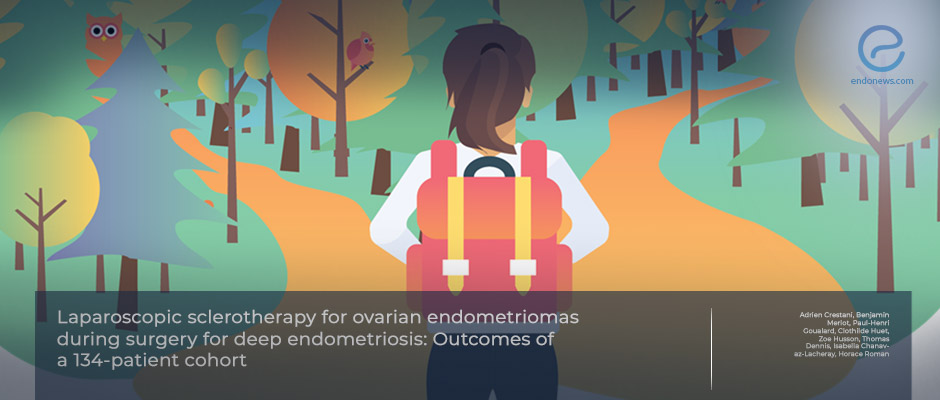
 By Hale Goksever Celik
By Hale Goksever Celik

 By Selma Oransay
By Selma Oransay
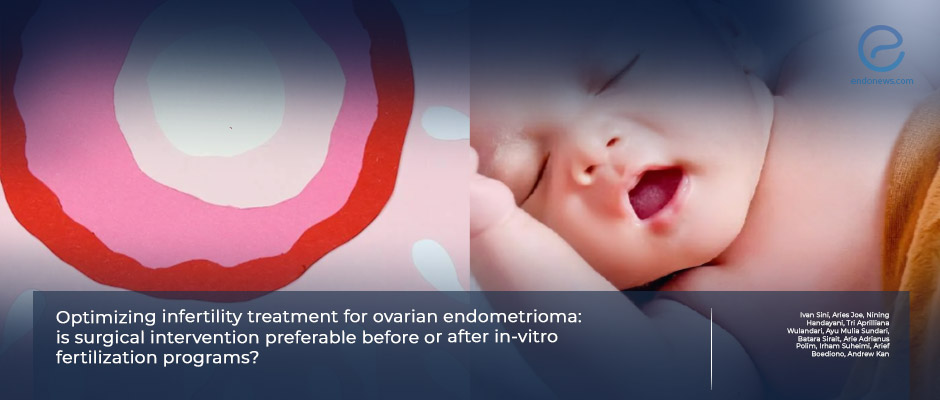
 By Özge Özkaya
By Özge Özkaya
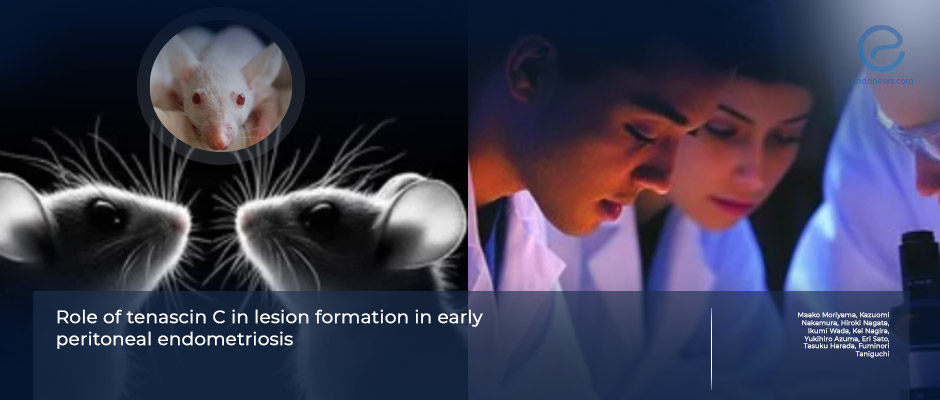
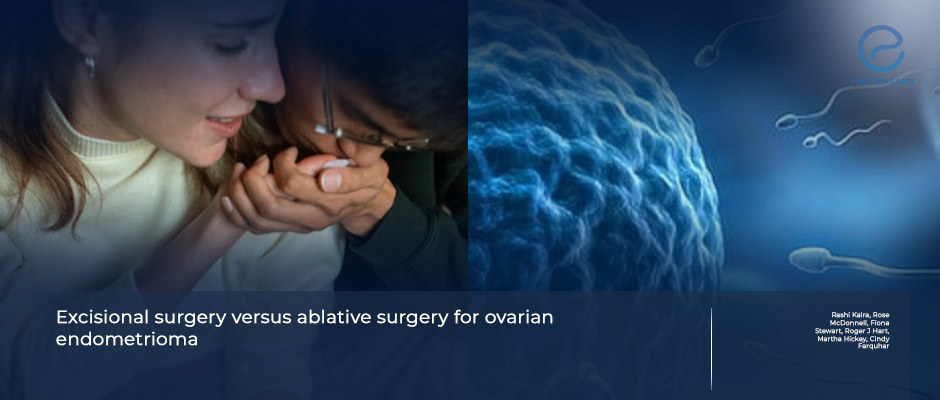
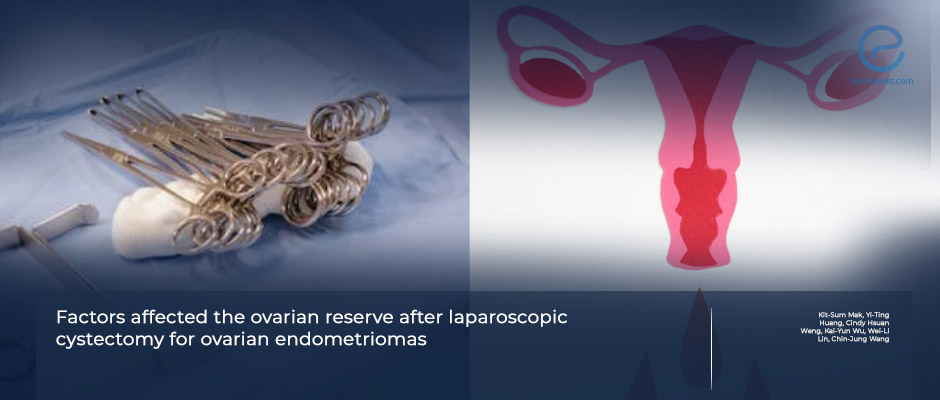
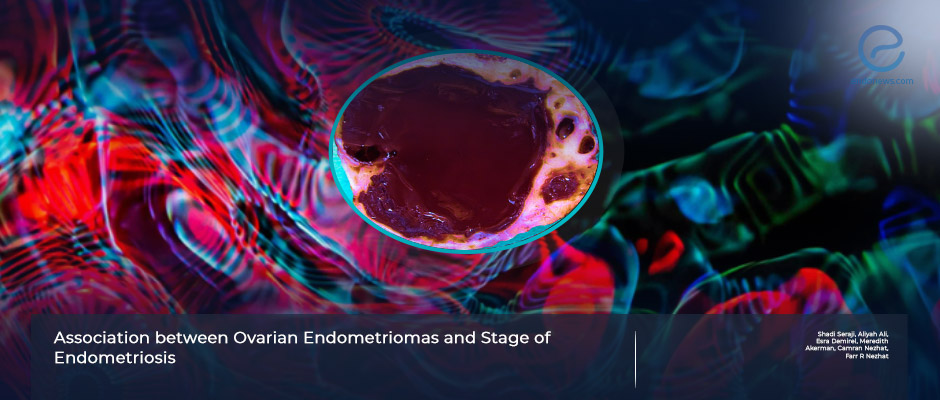
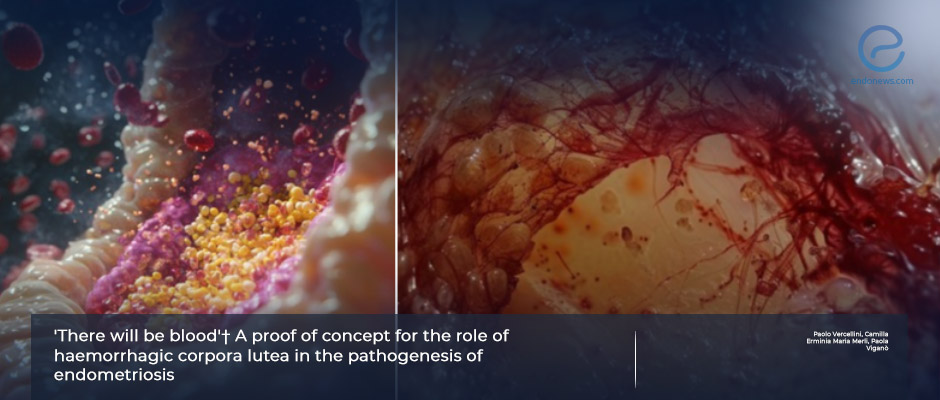
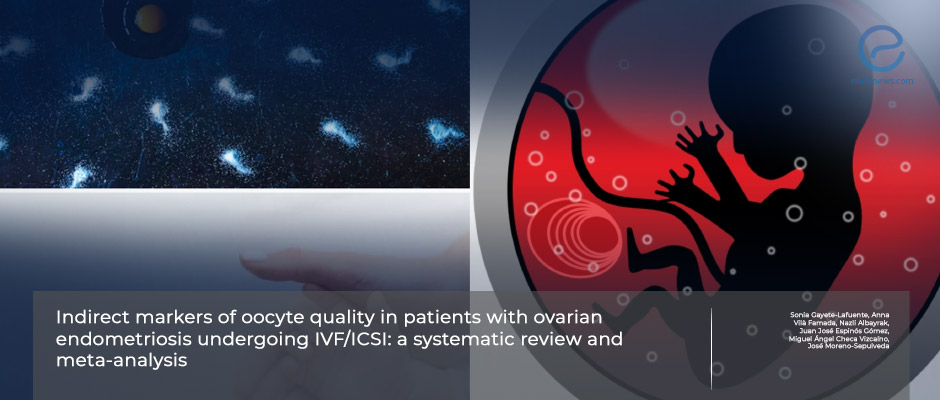
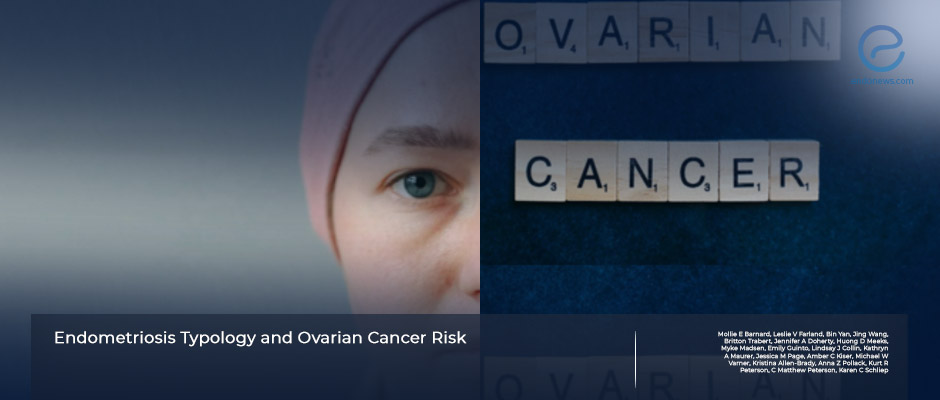
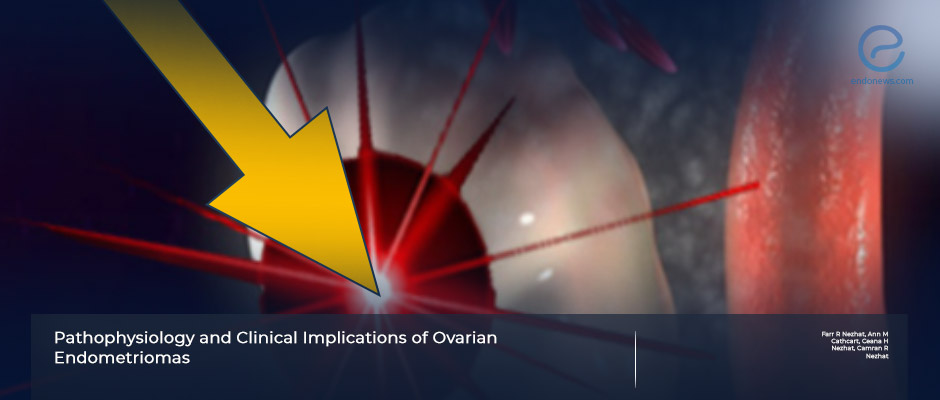
 By Nasuhi Engin Aydin
By Nasuhi Engin Aydin
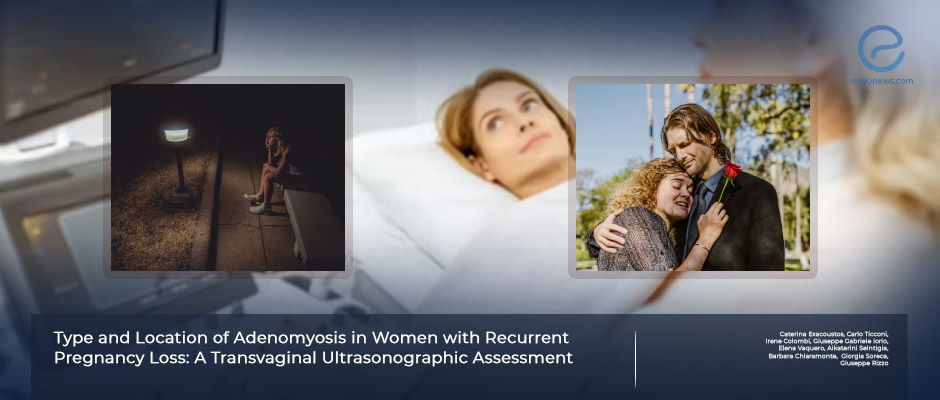
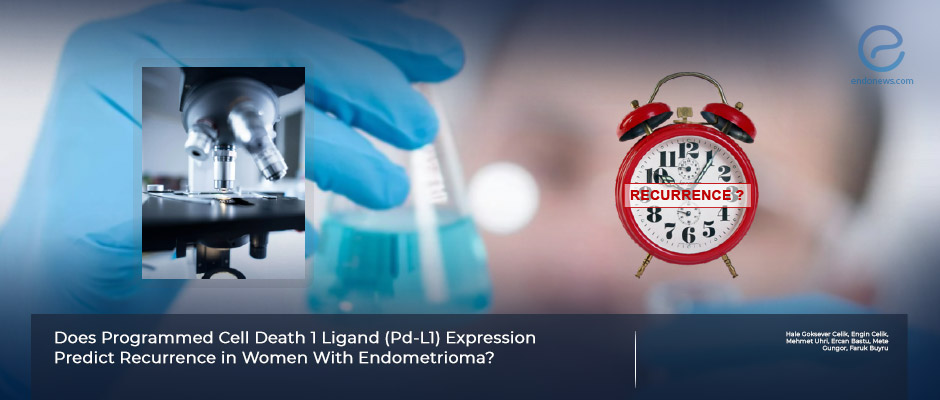
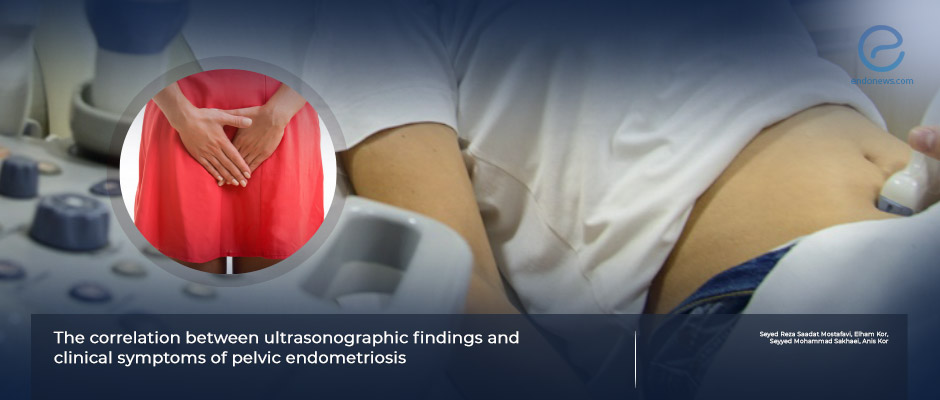
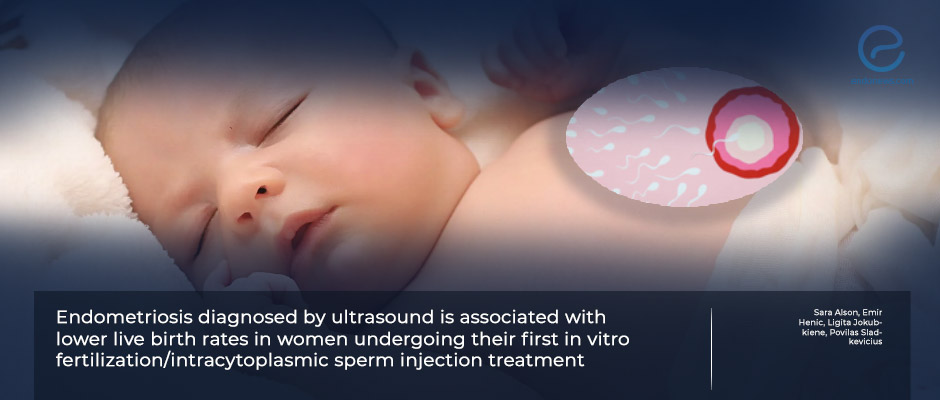
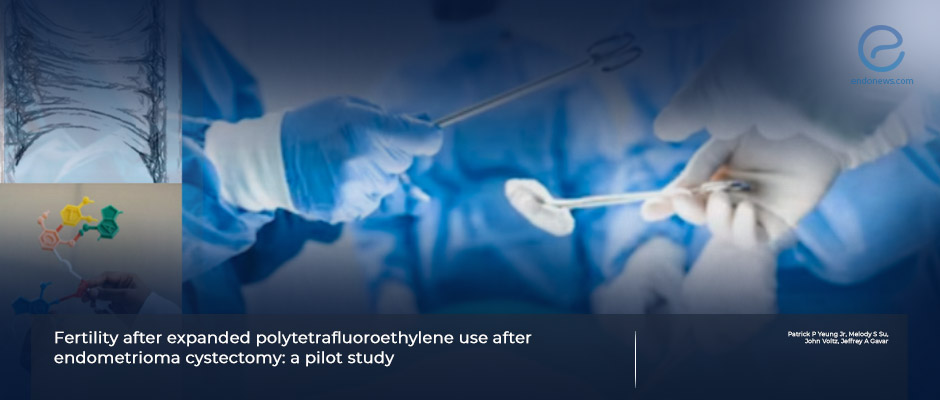
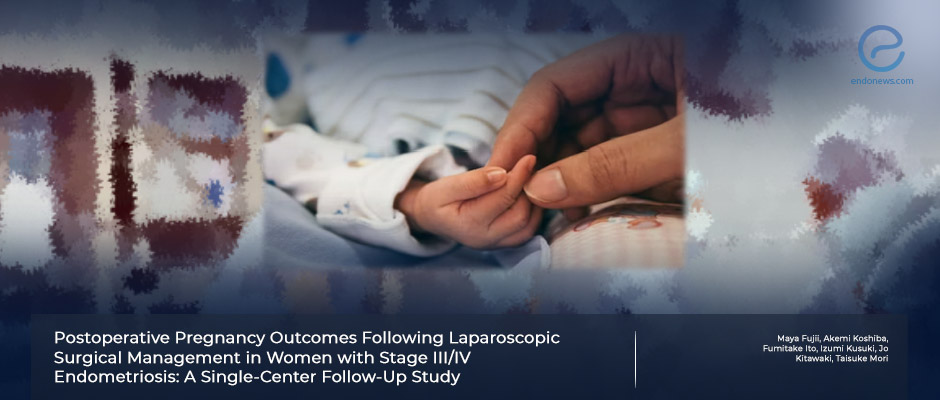
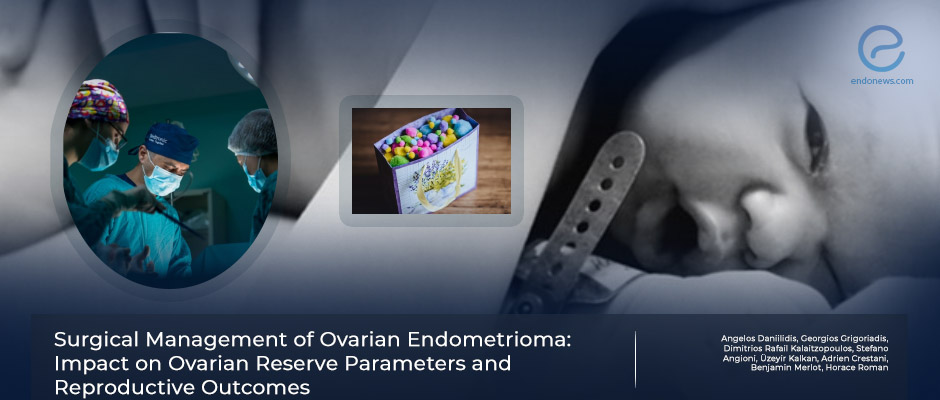

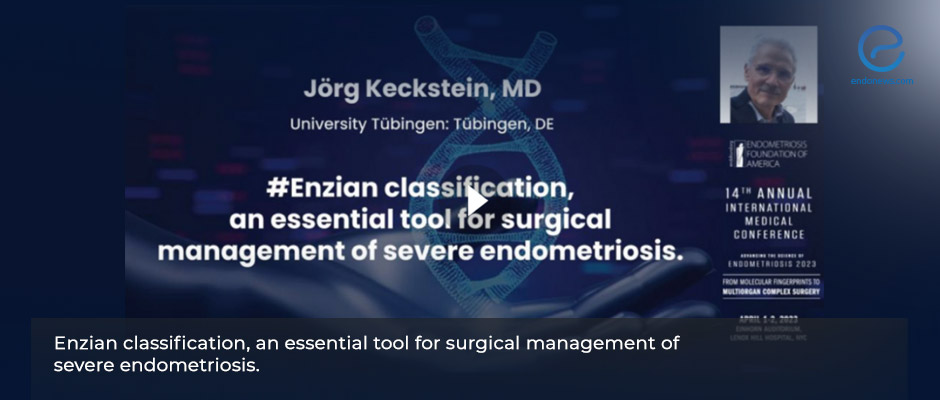
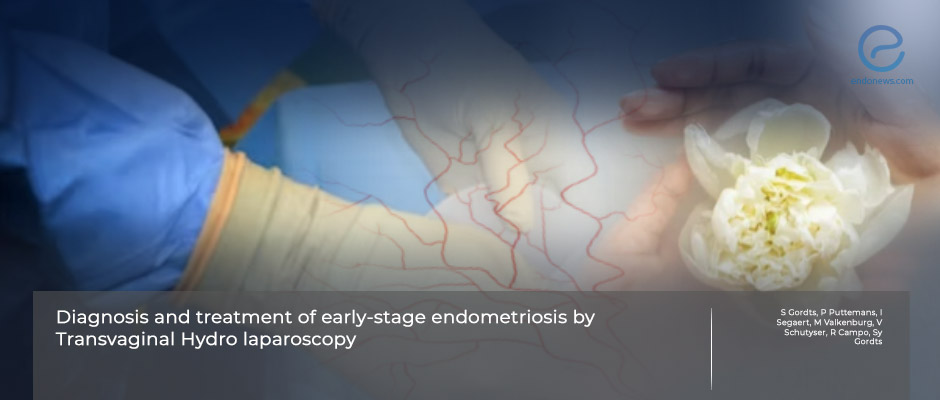
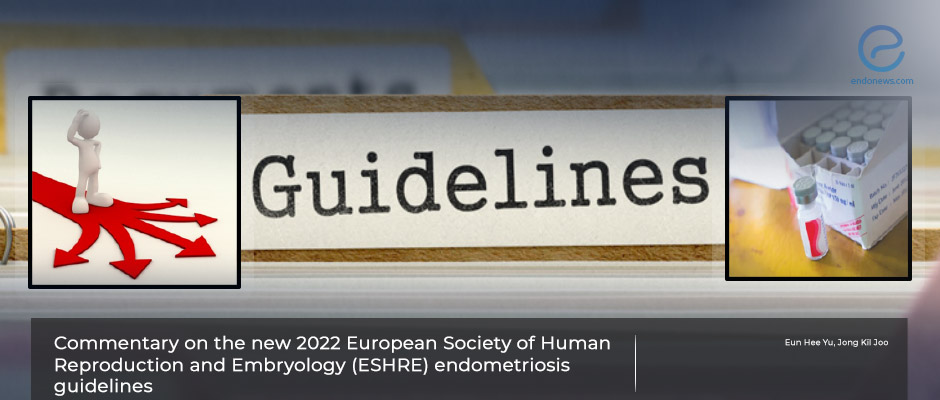
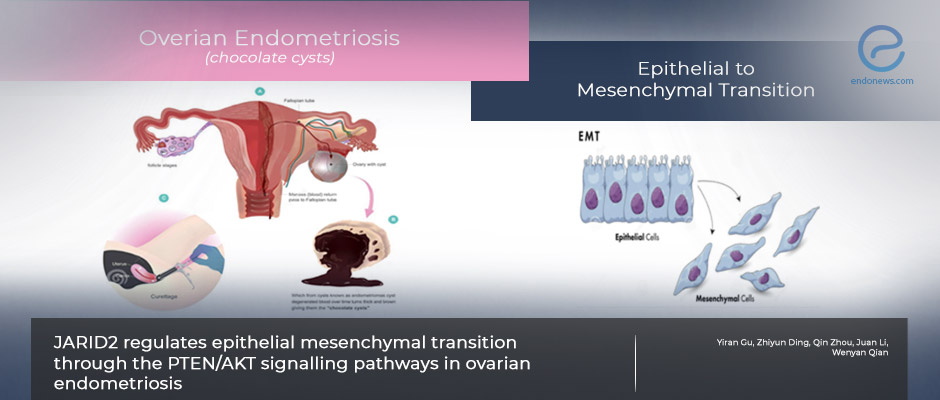
 By Elisabetta Kuhn
By Elisabetta Kuhn
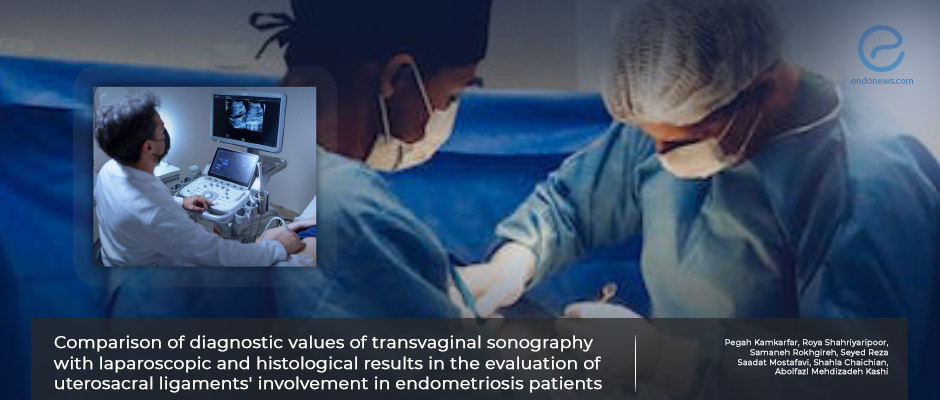
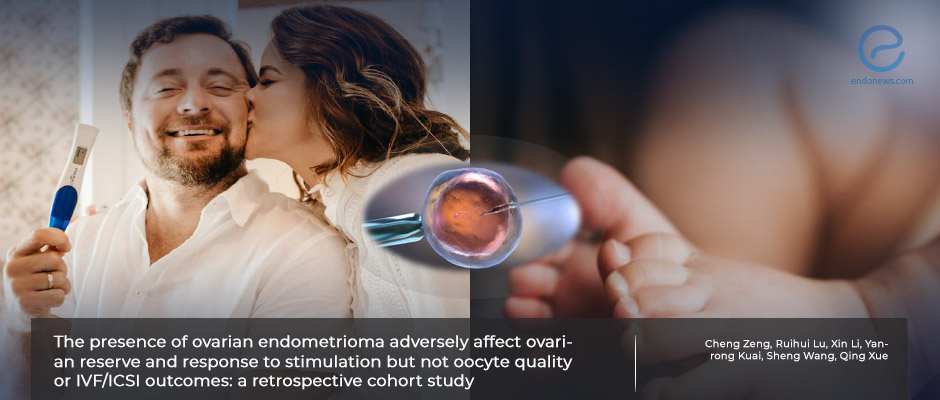
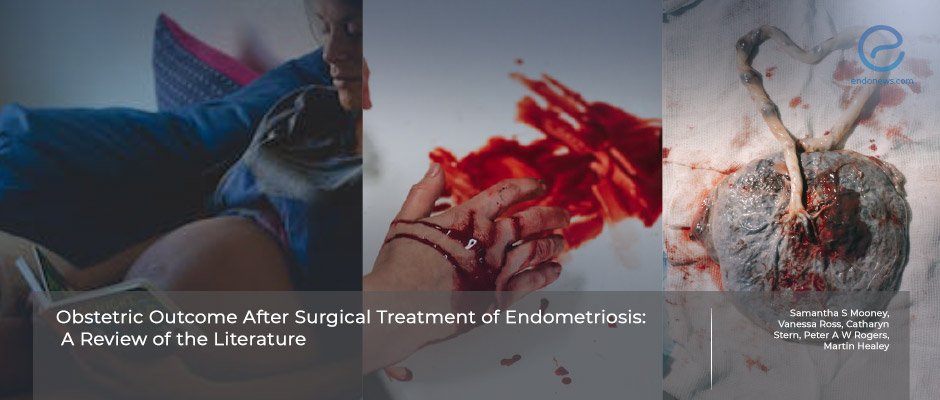
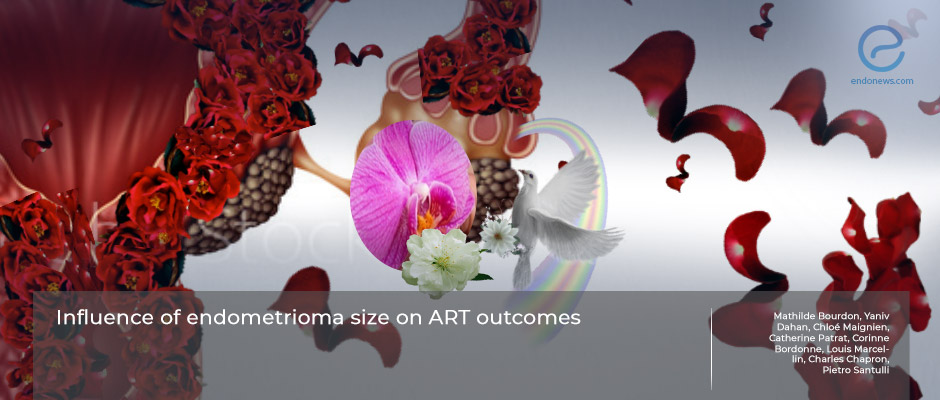
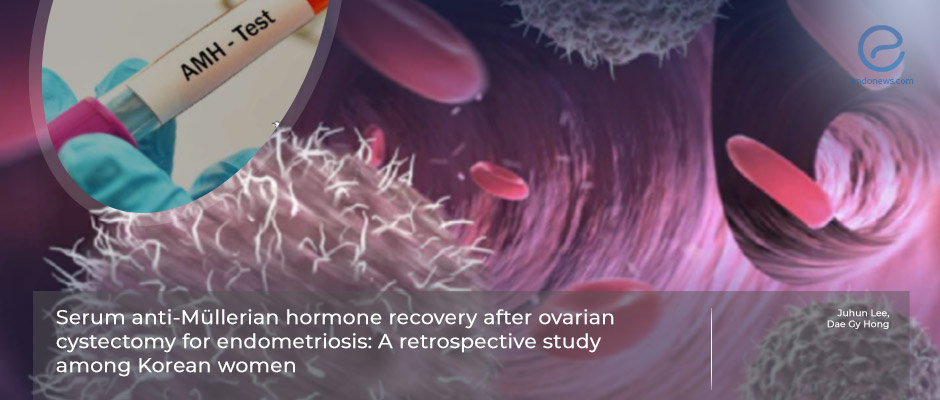
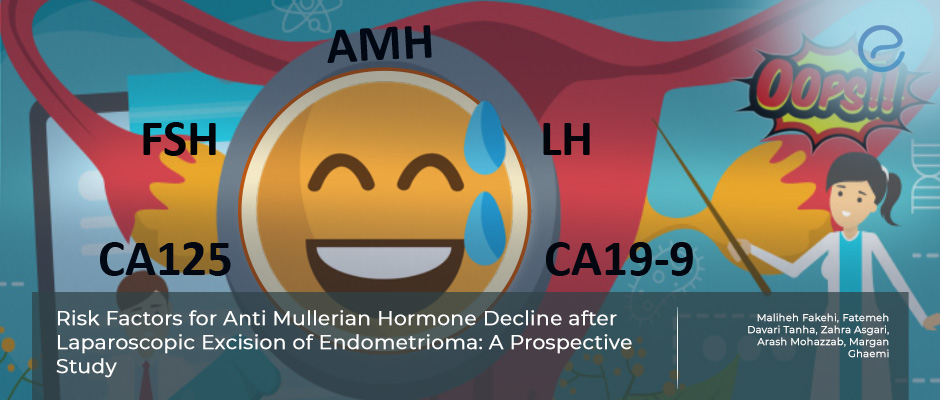
 By Bahar Yuksel
By Bahar Yuksel
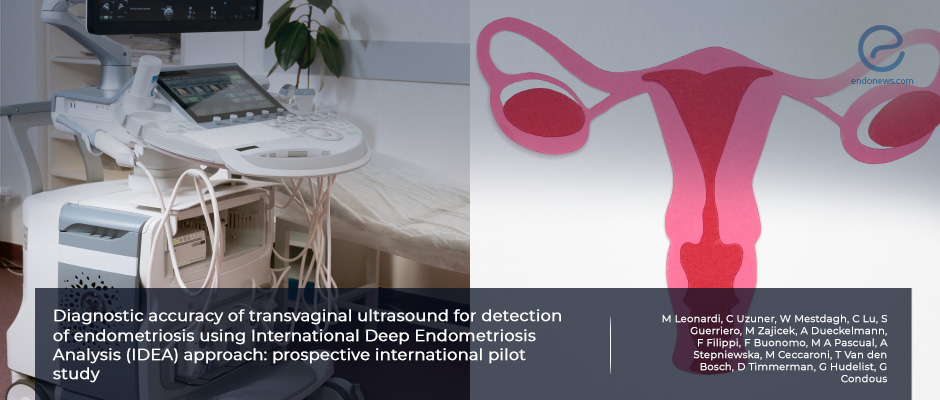
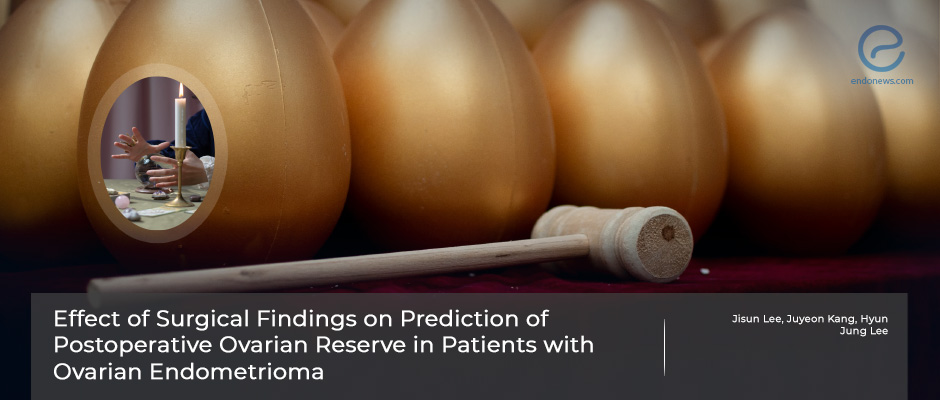
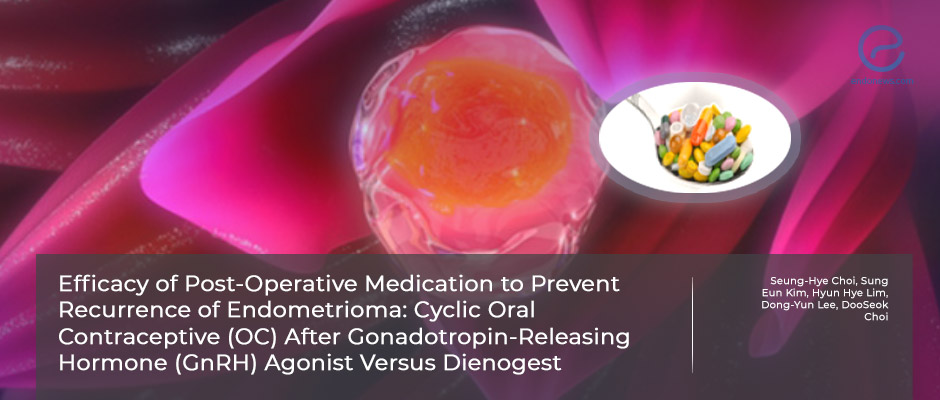
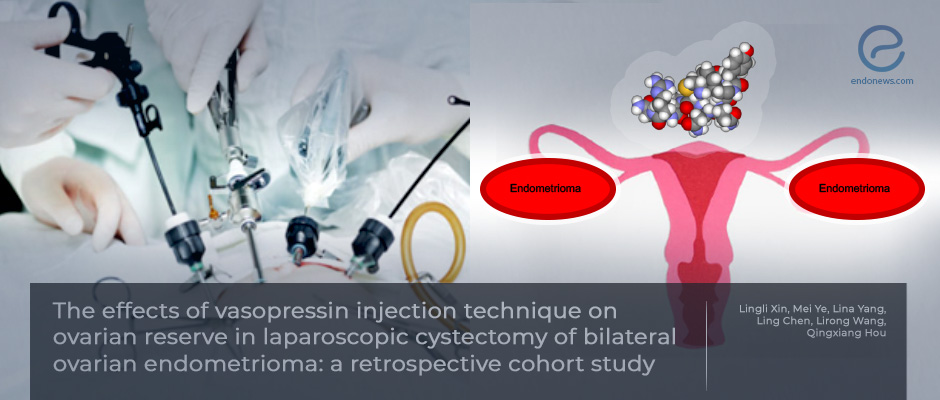

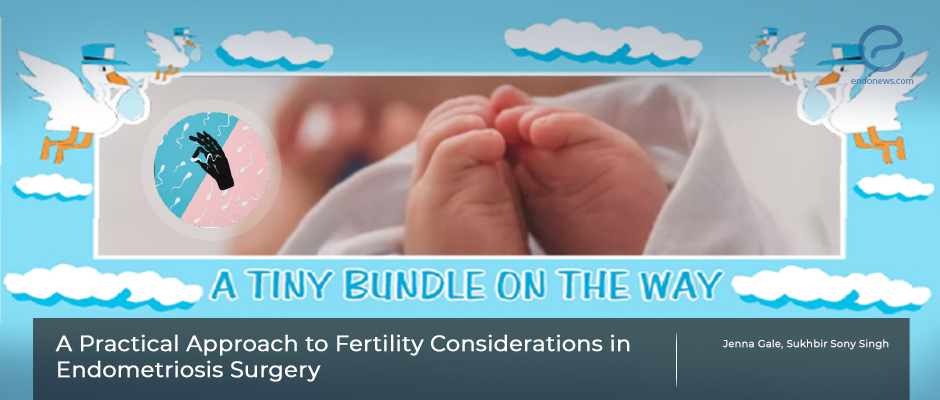
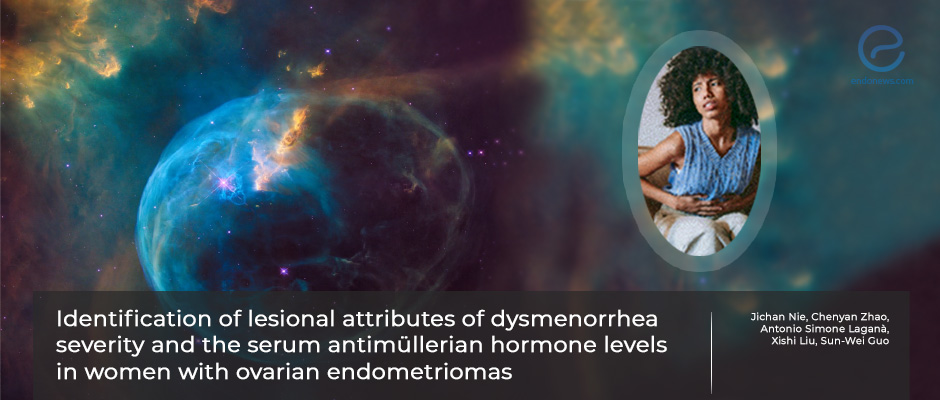
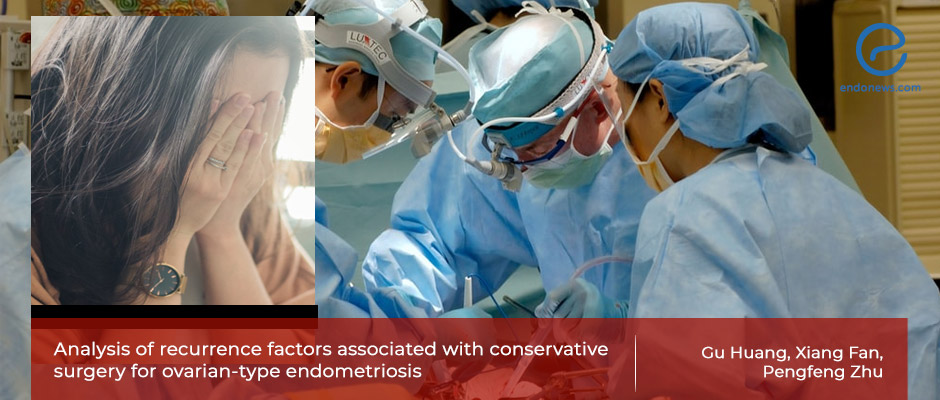
 By Eylül GÜN
By Eylül GÜN
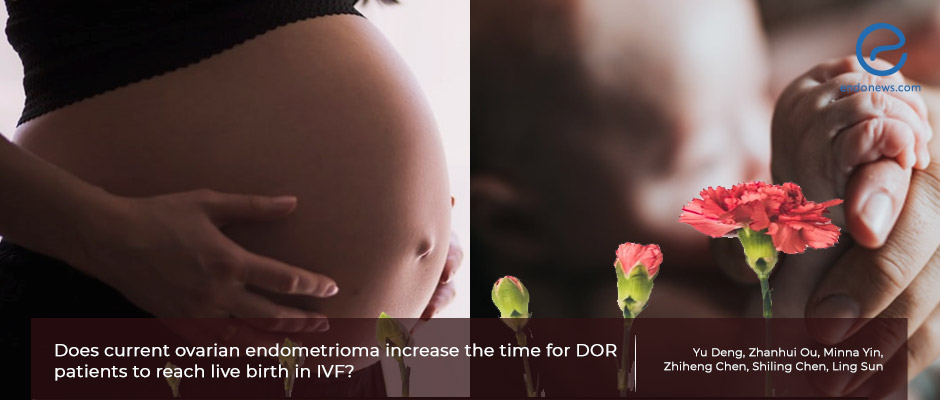
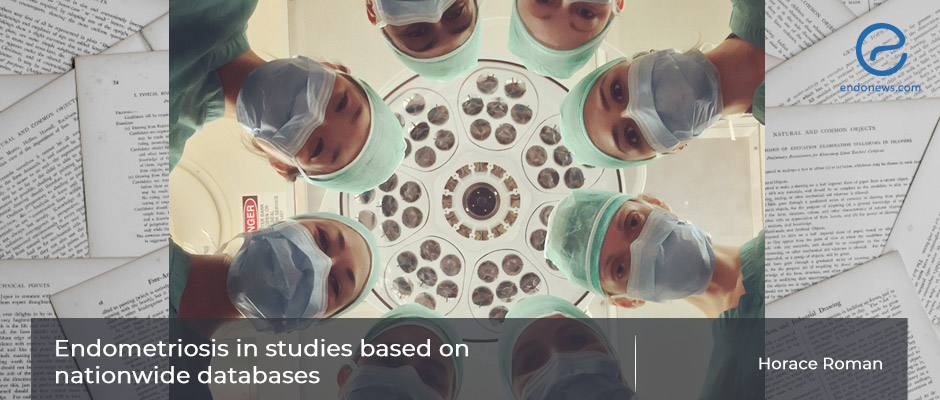
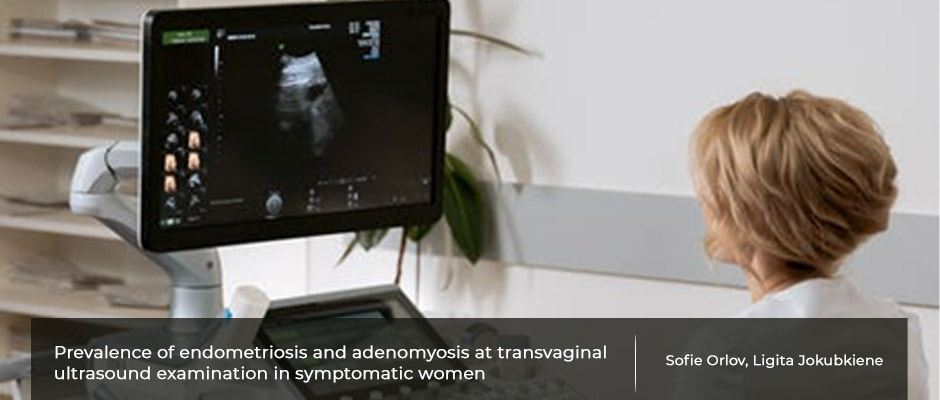
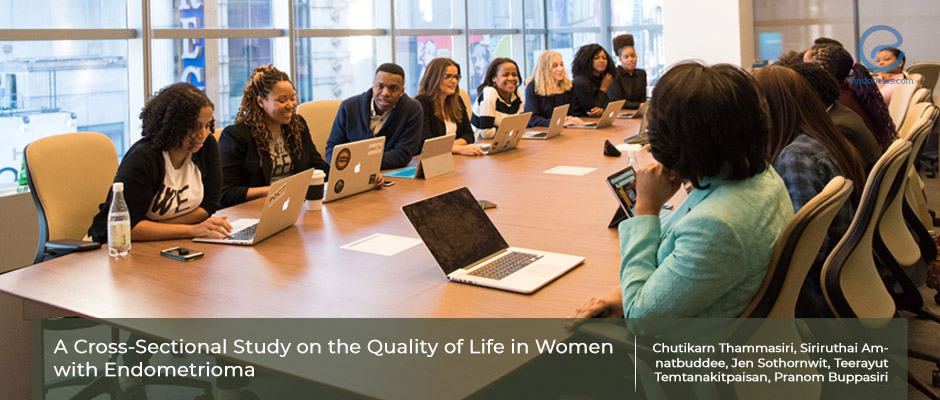
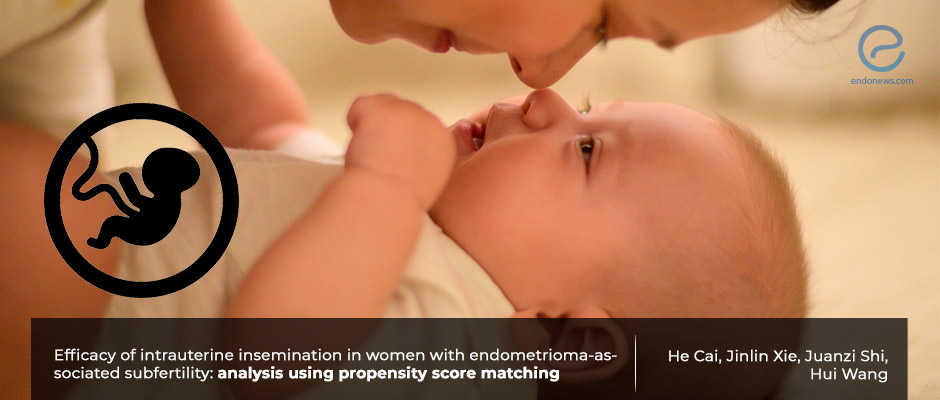
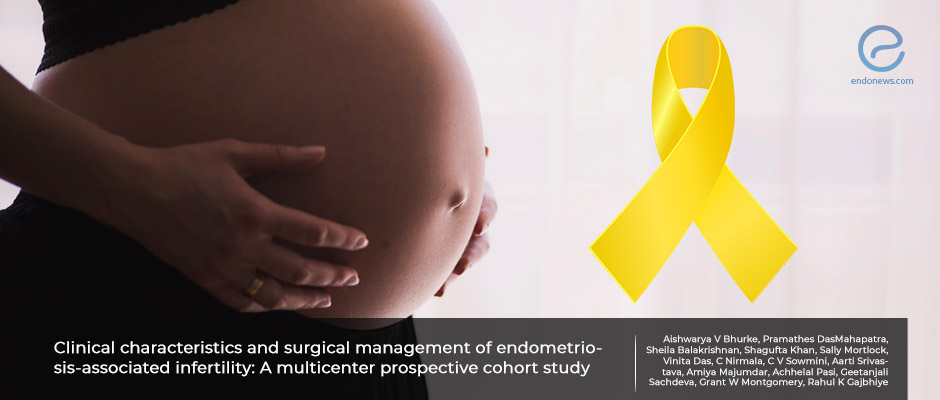
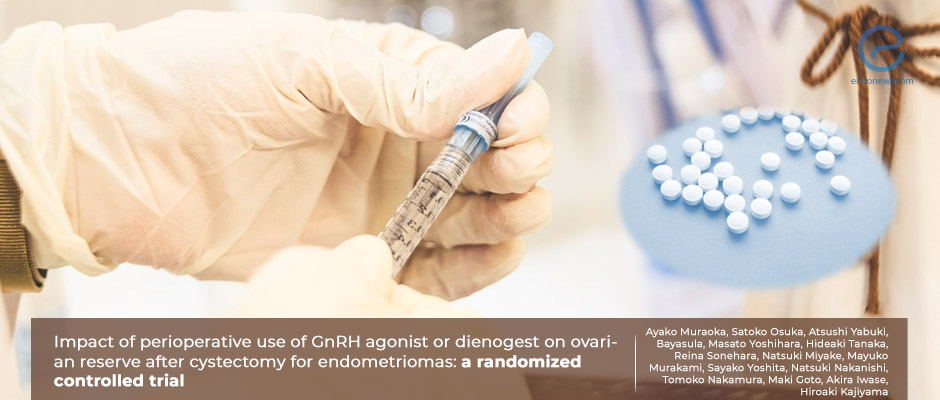
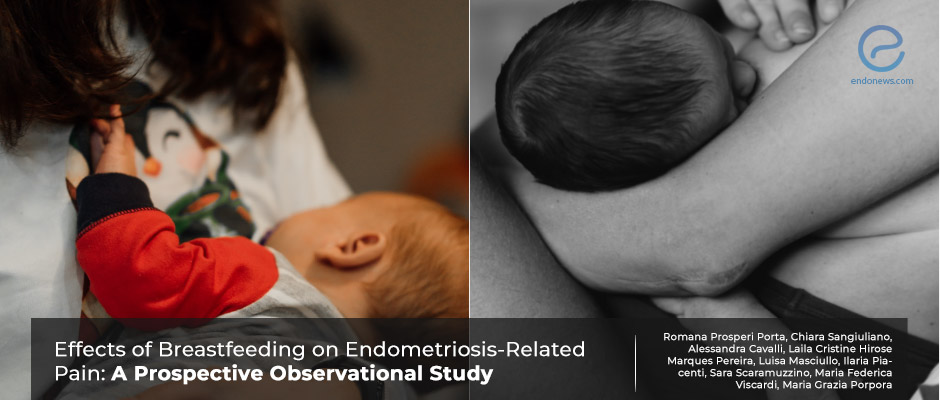
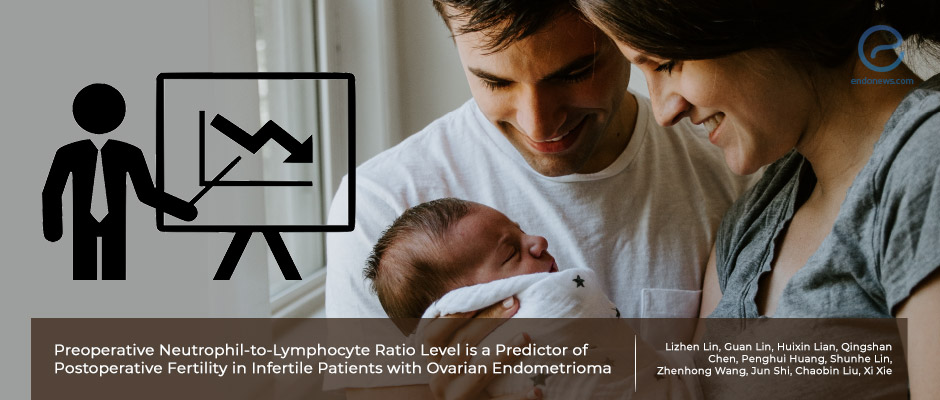
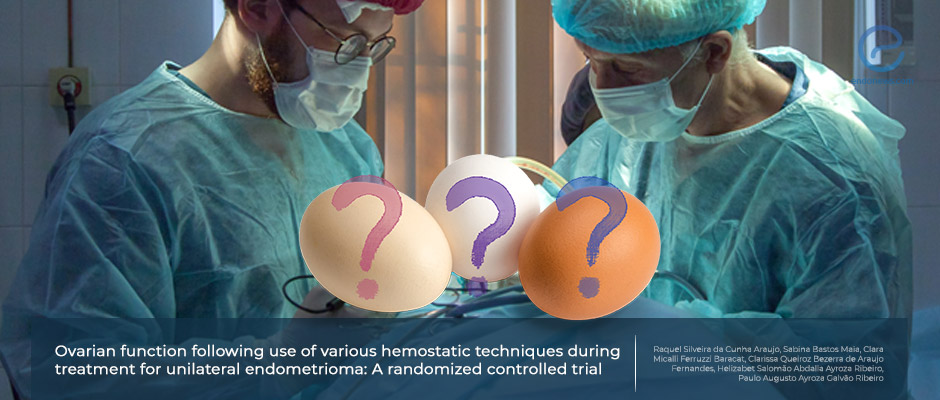
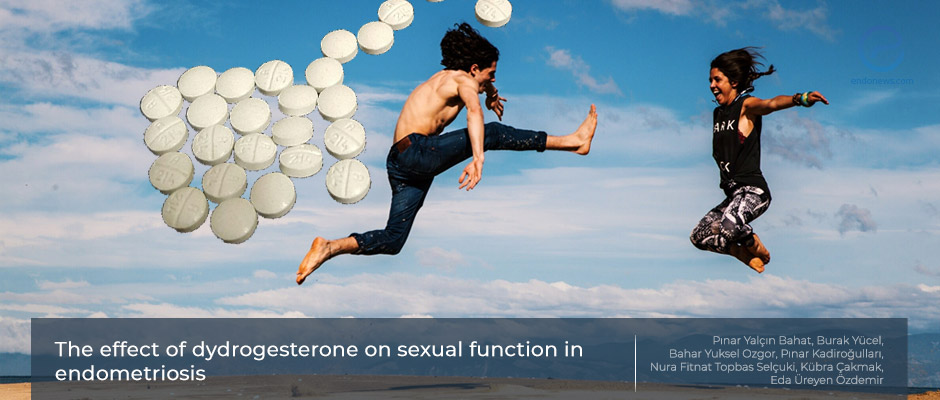
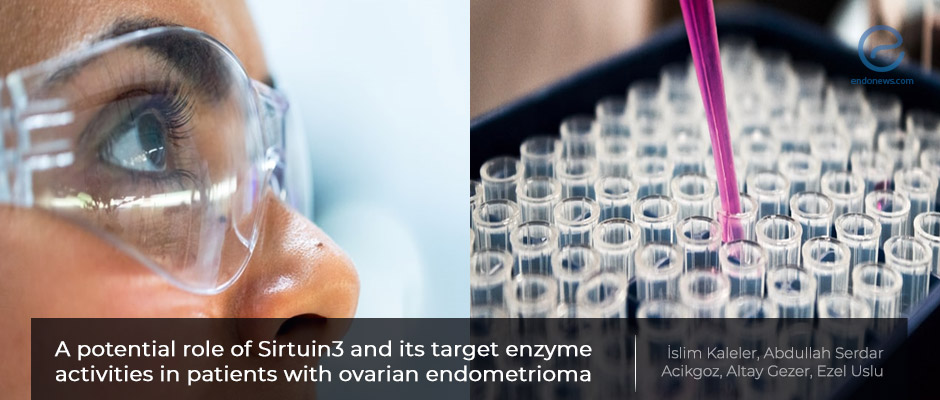
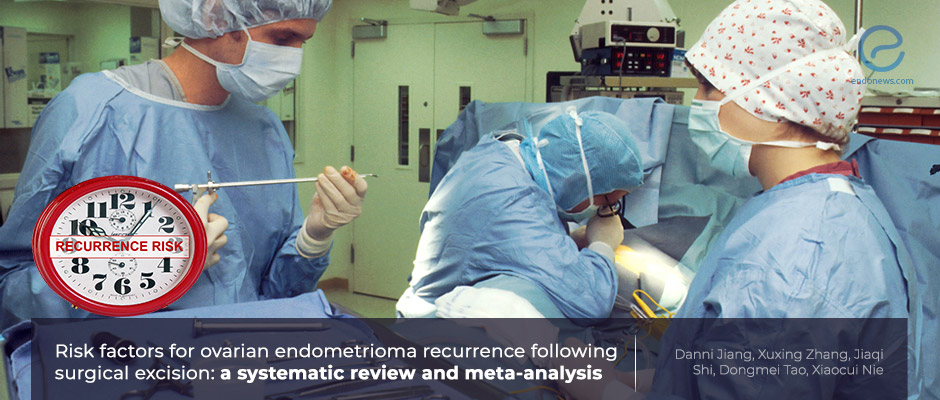
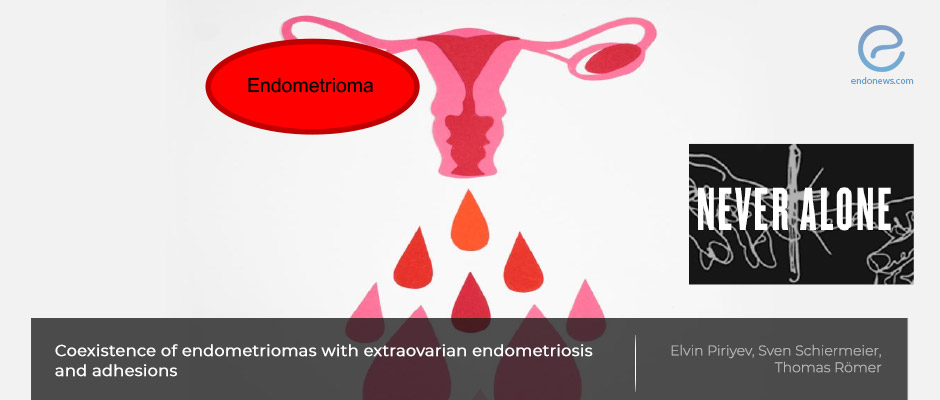
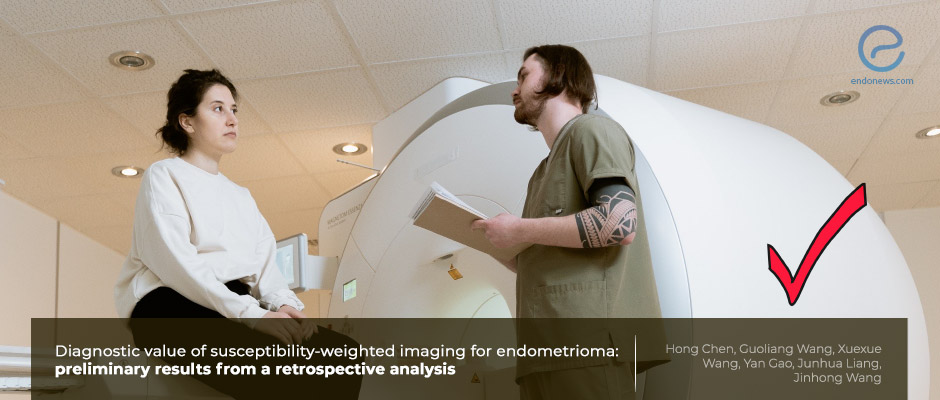

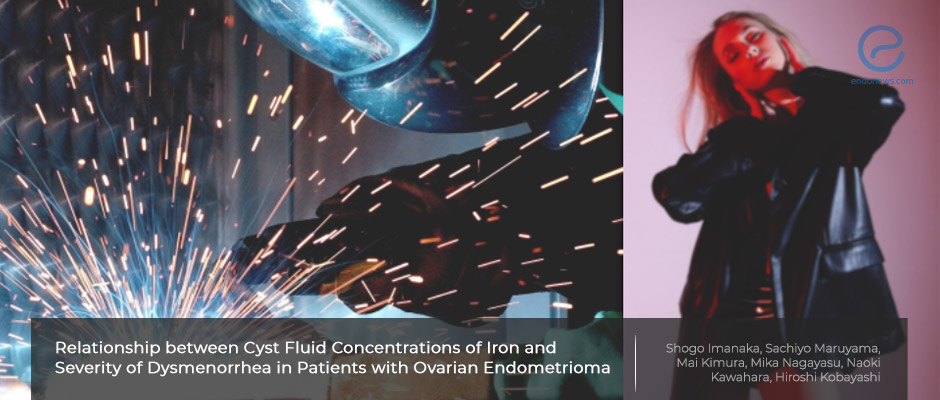
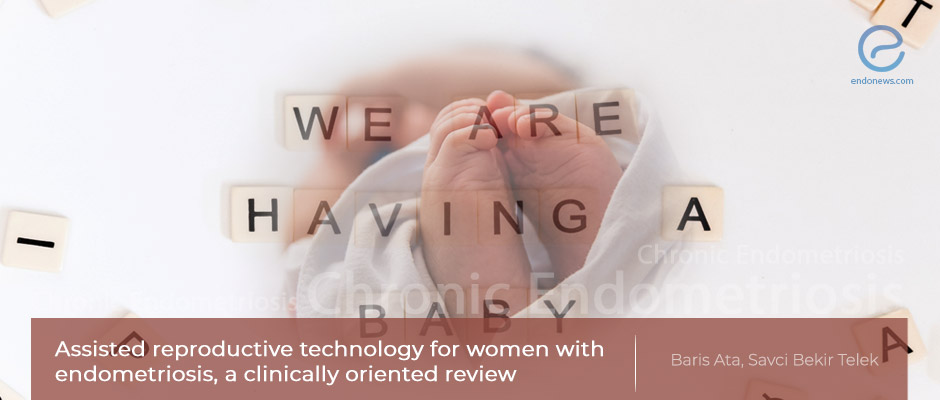
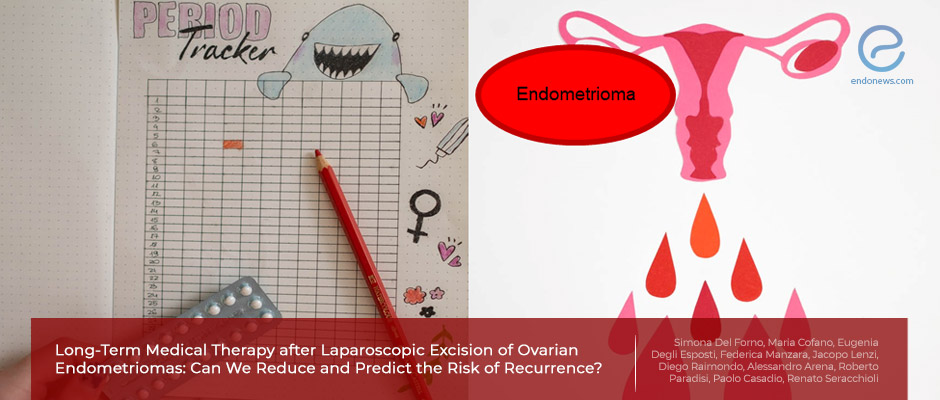
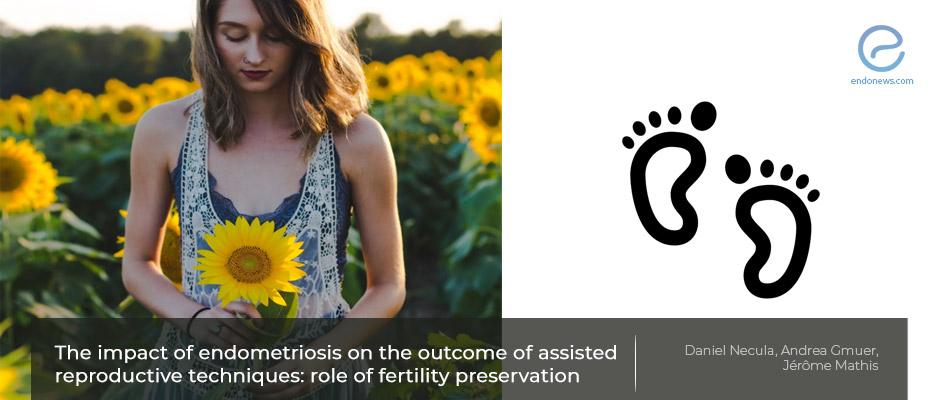
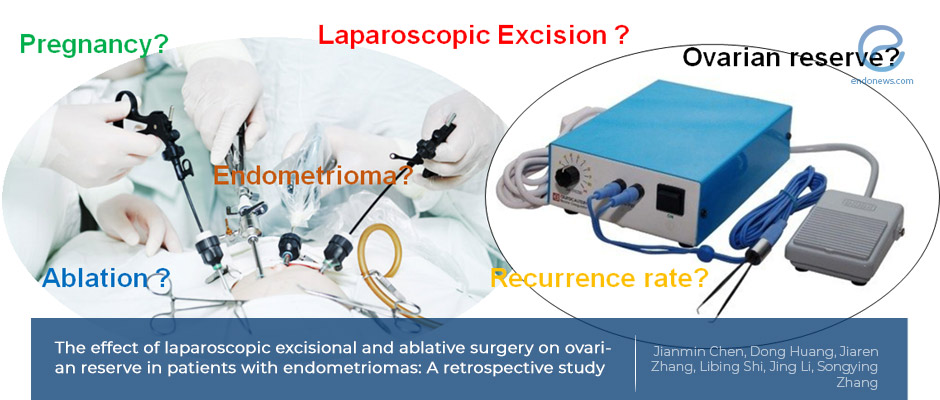
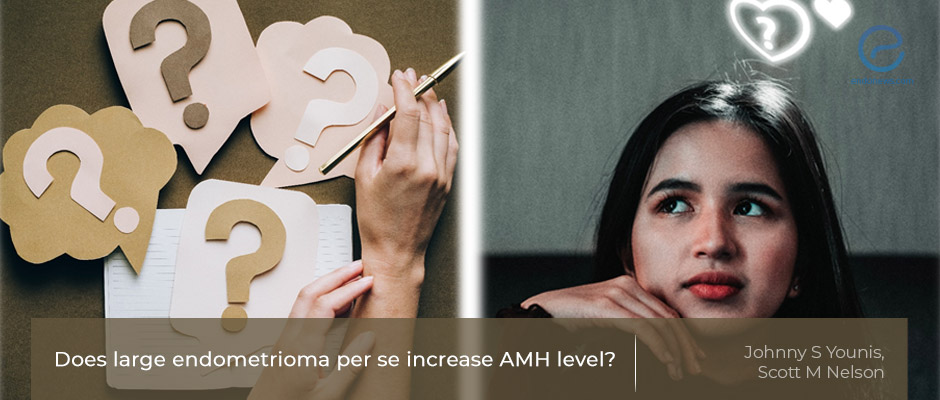
 By Dr. Youngran Park
By Dr. Youngran Park
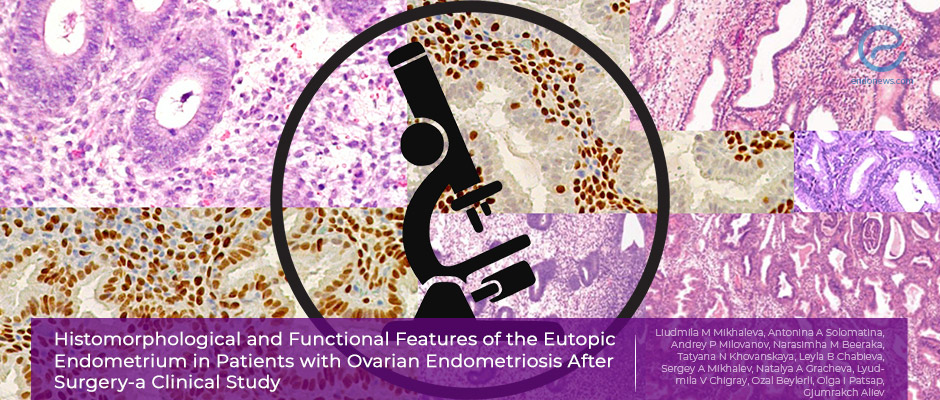
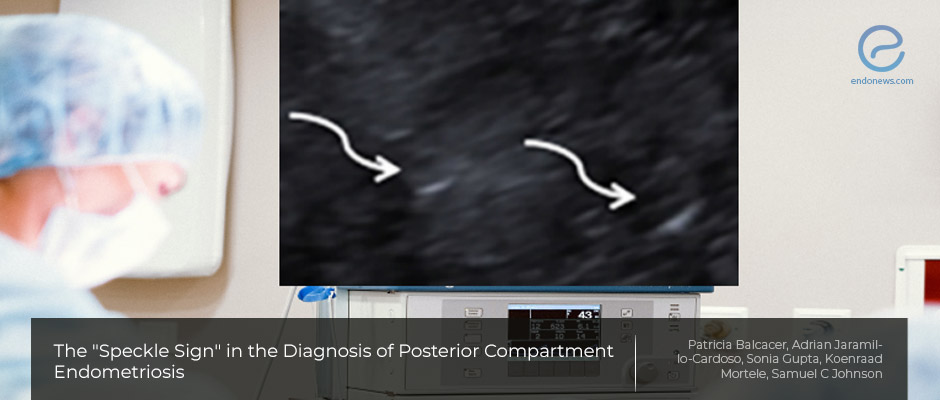
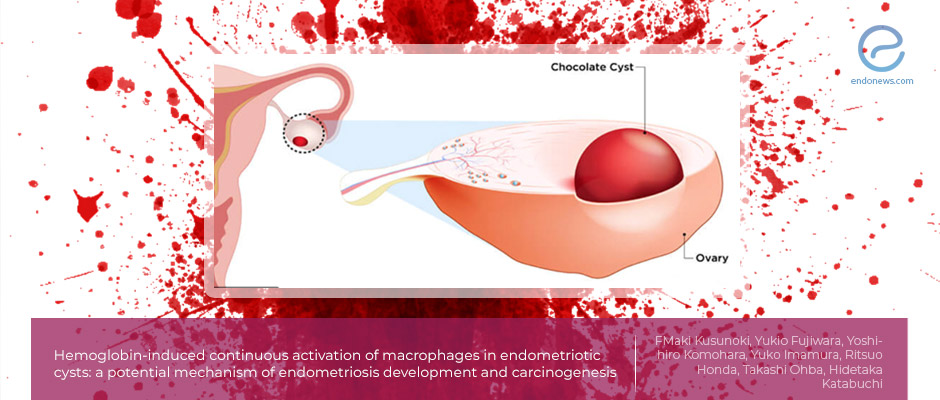
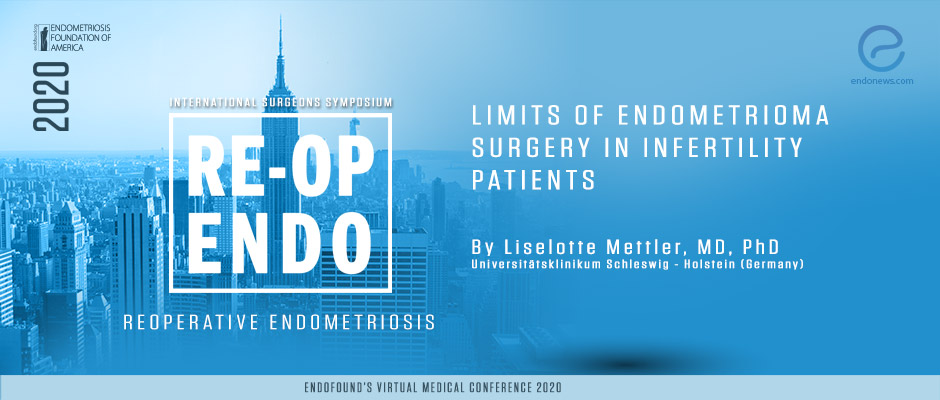
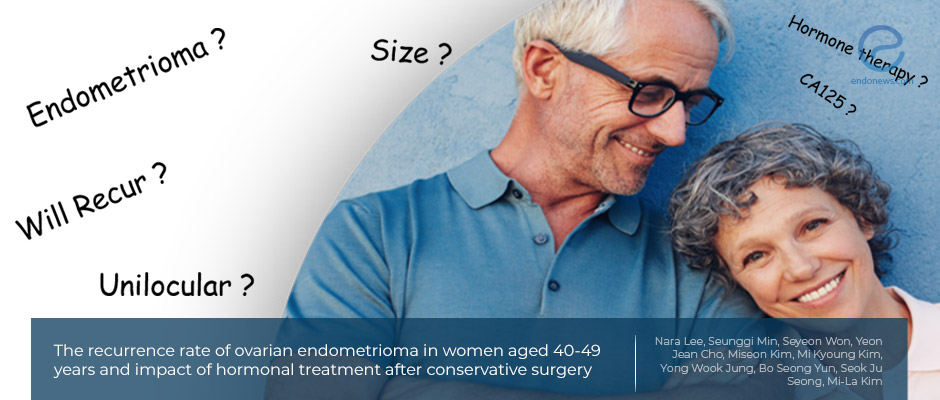
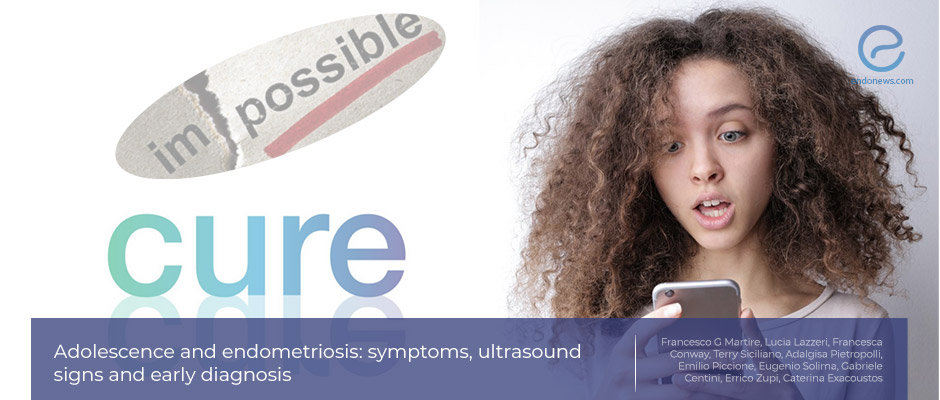
 By Irem Onur
By Irem Onur
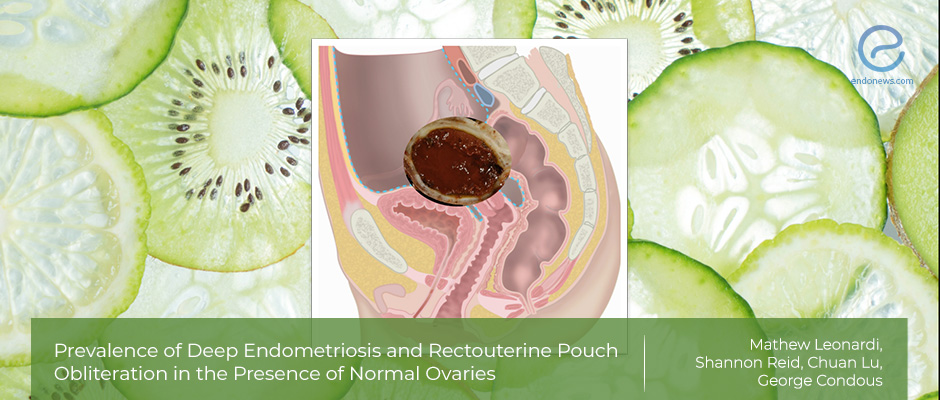
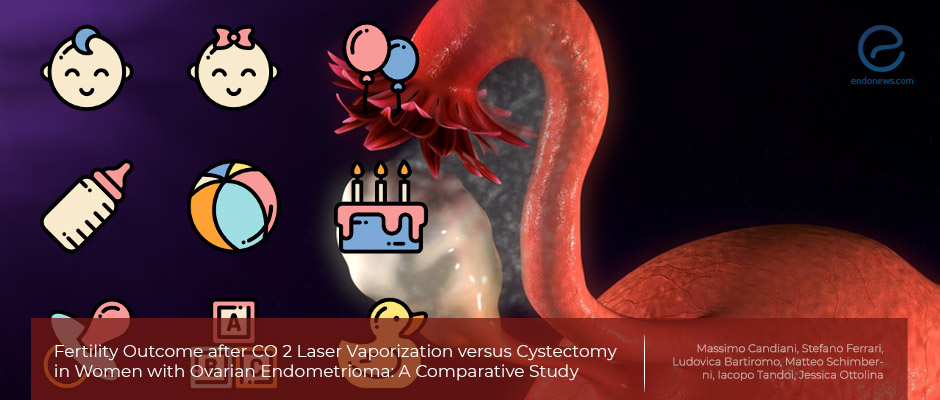
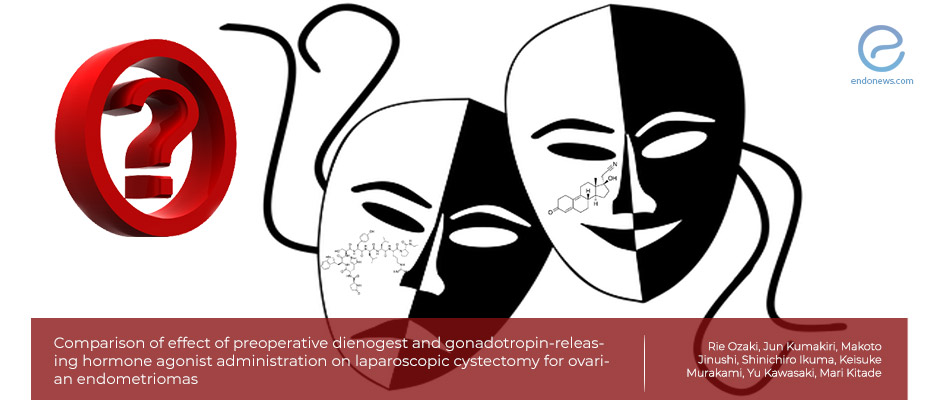
 By Yu Yu
By Yu Yu
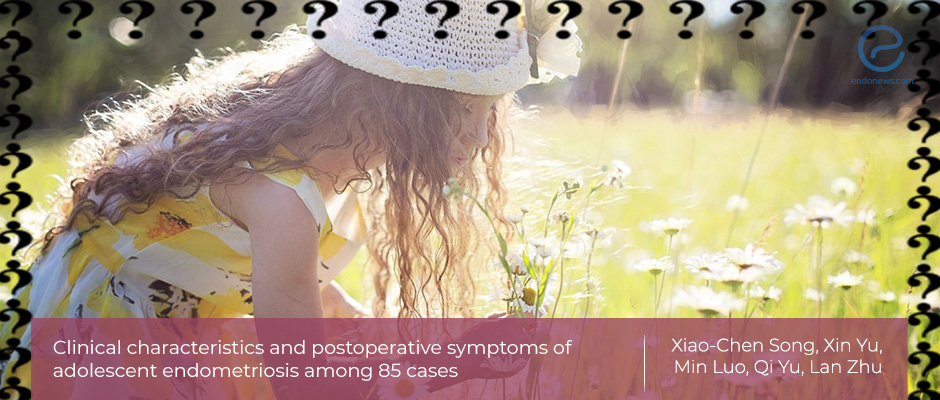
 By Timur Seckin
By Timur Seckin
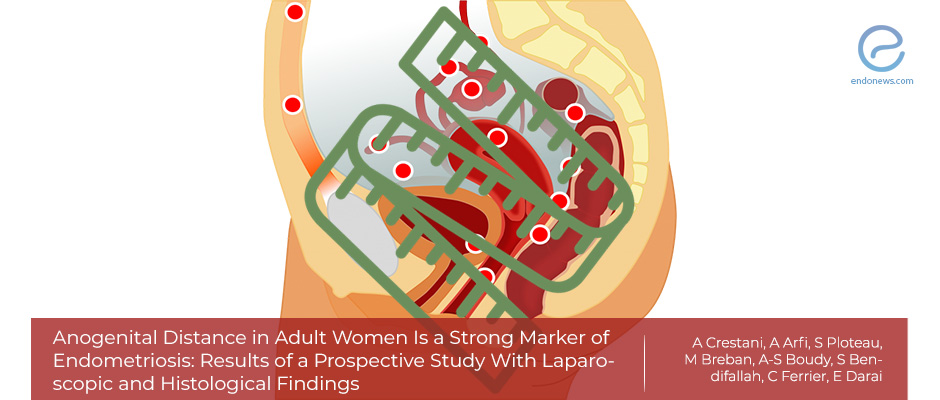
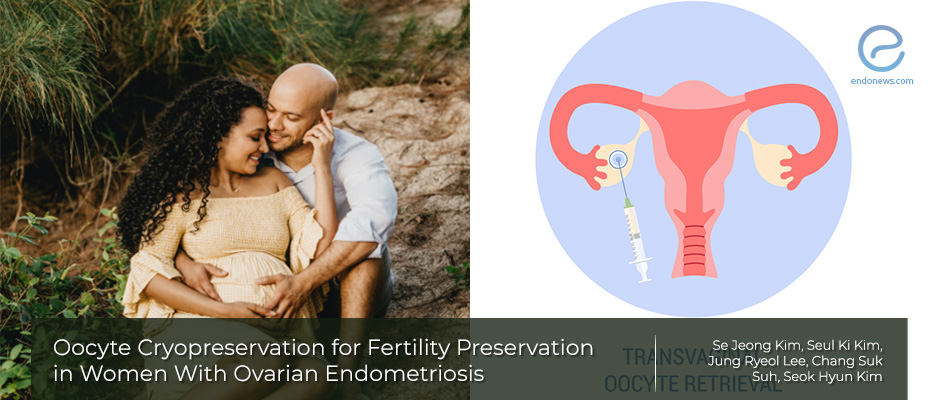

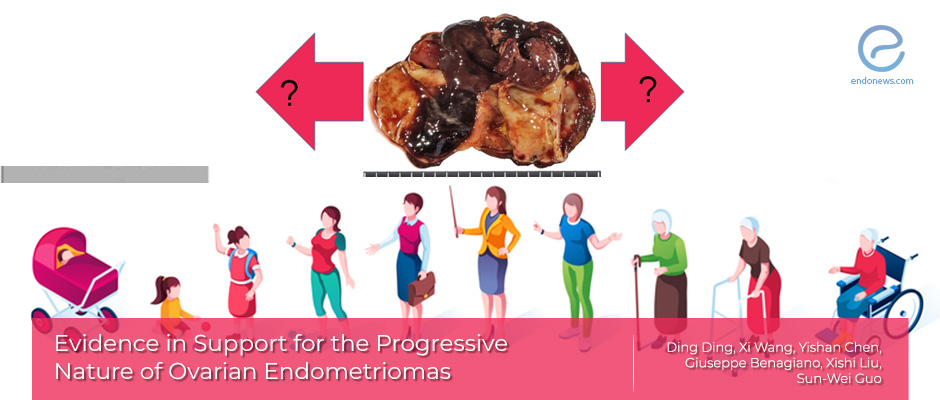
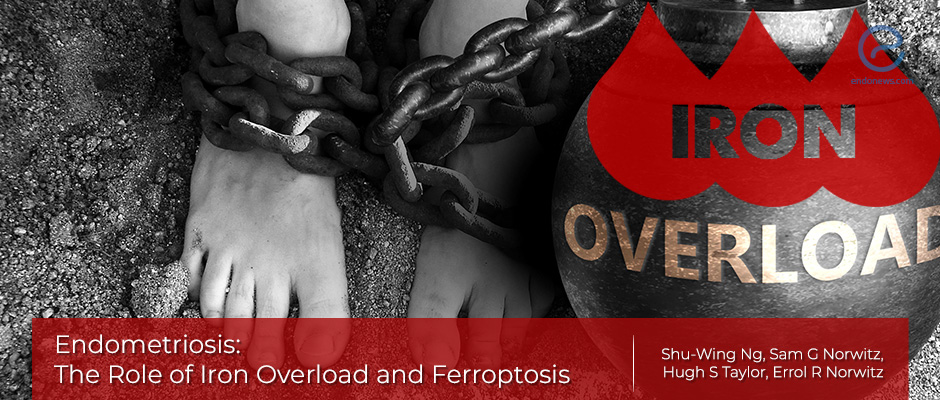
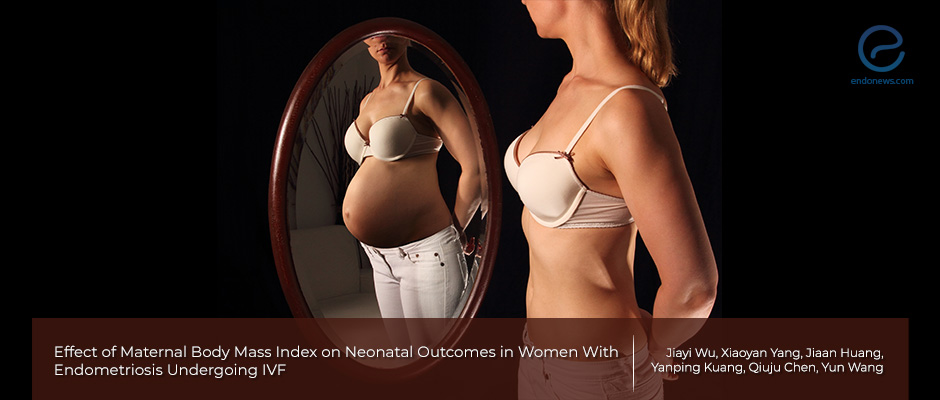

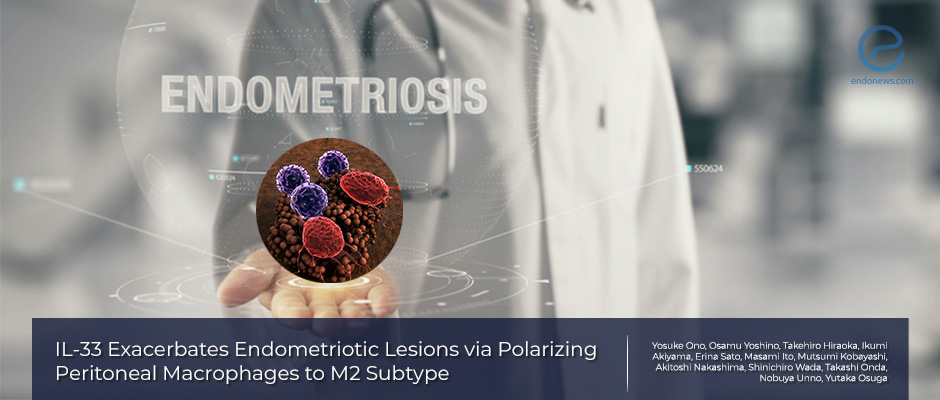
 By Nadire Duru
By Nadire Duru
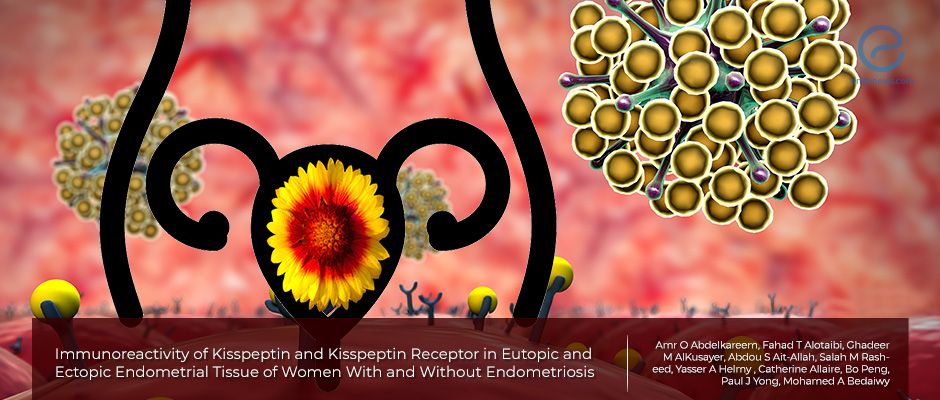
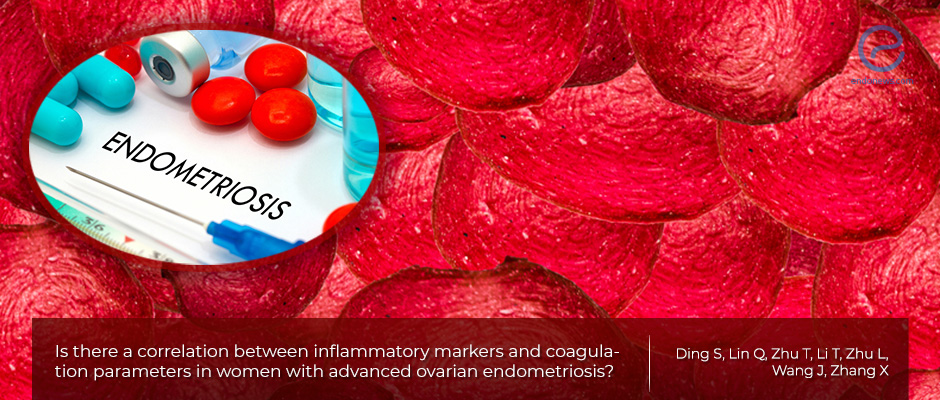

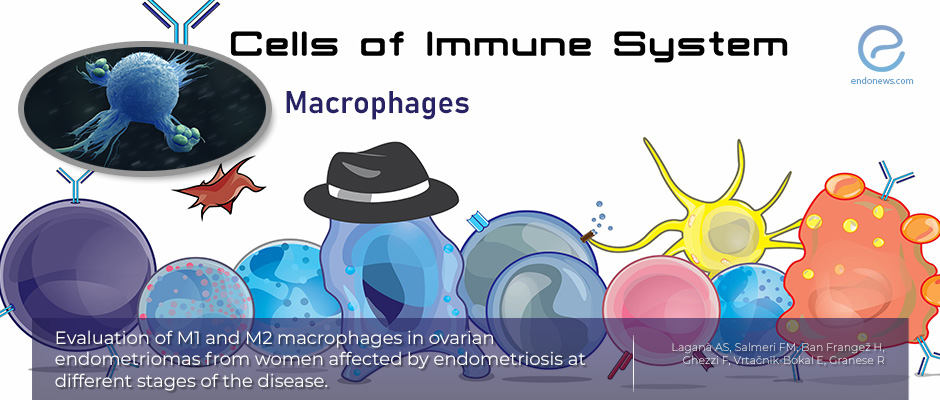
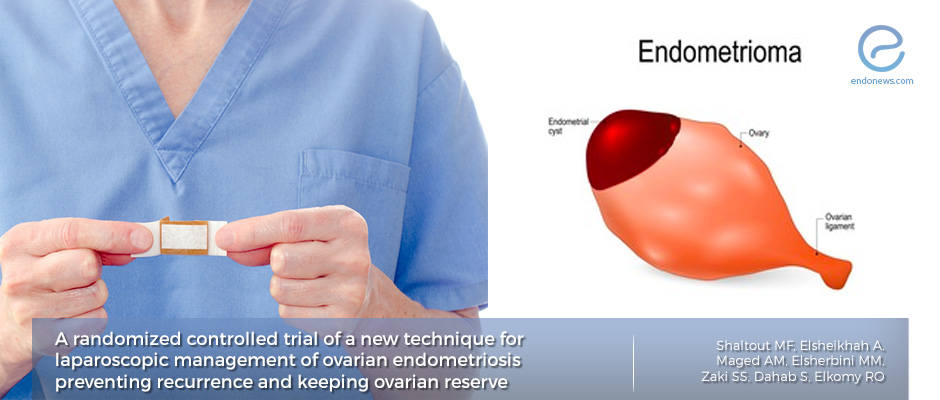
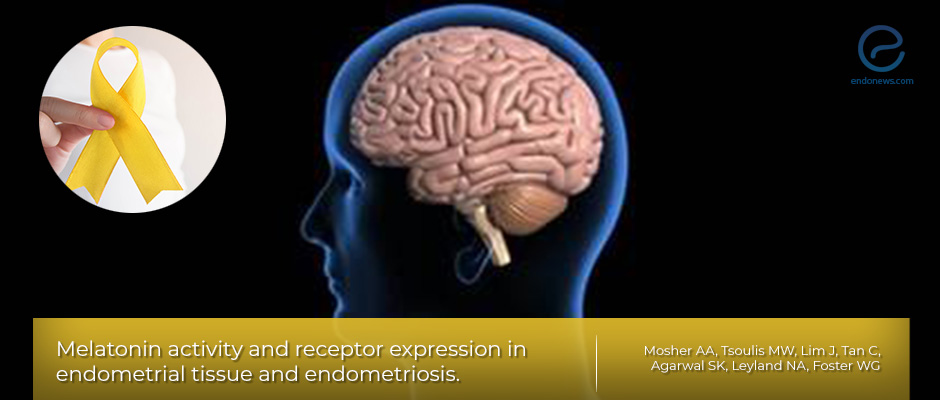
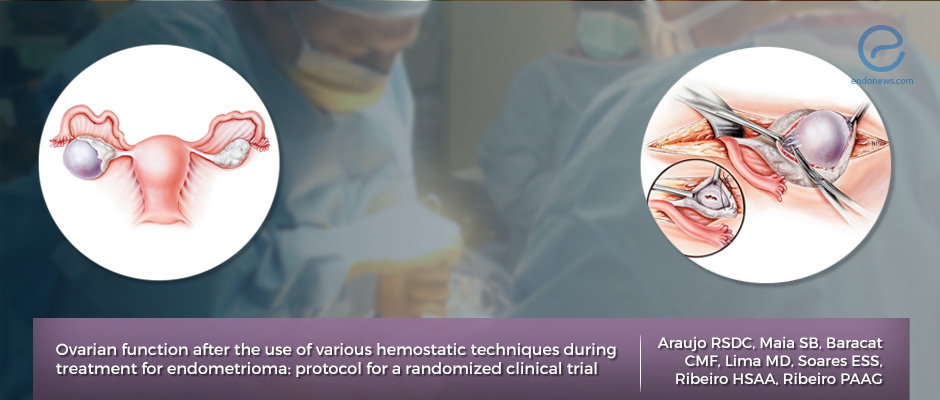
 By Demet Candaş Green
By Demet Candaş Green
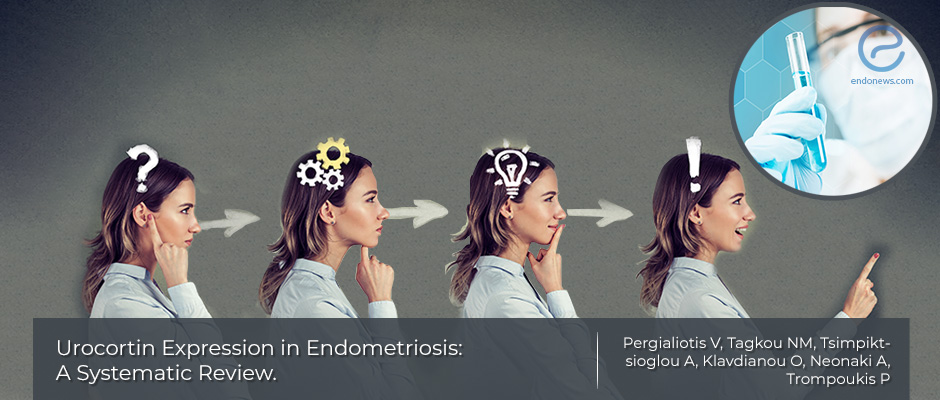

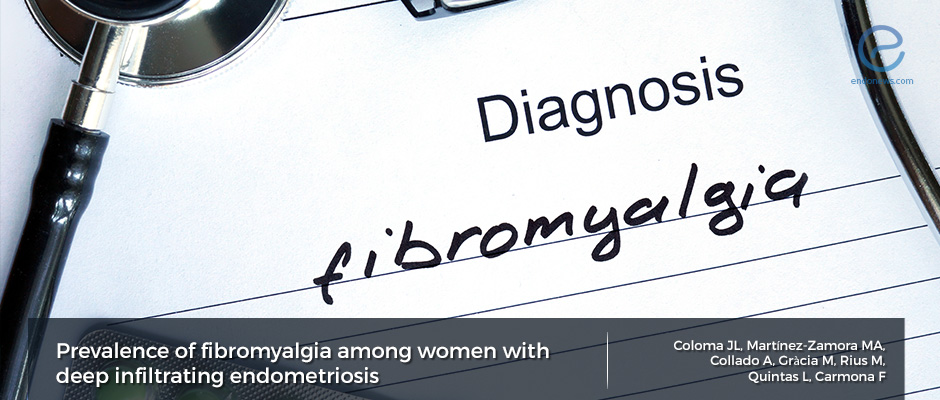
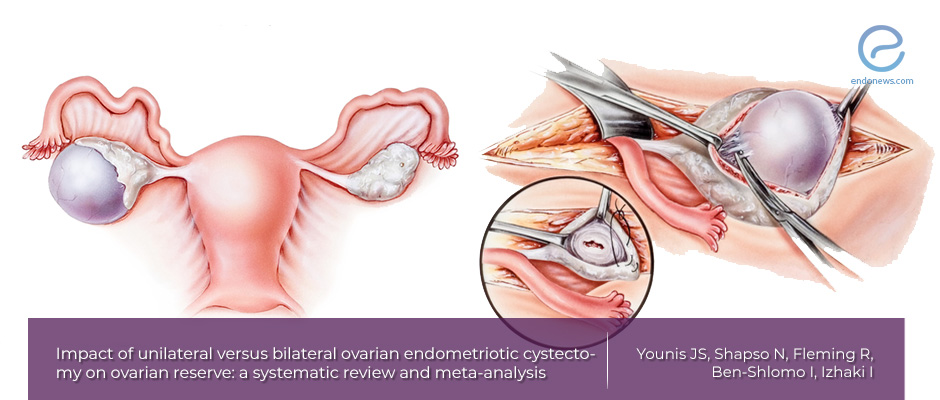
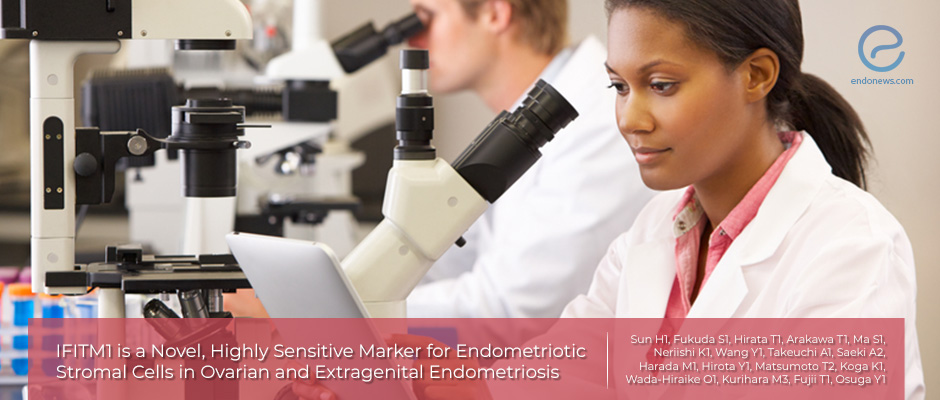
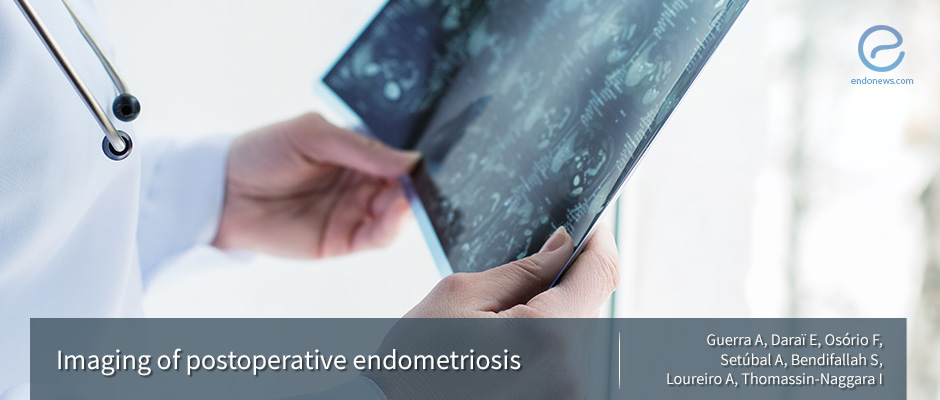
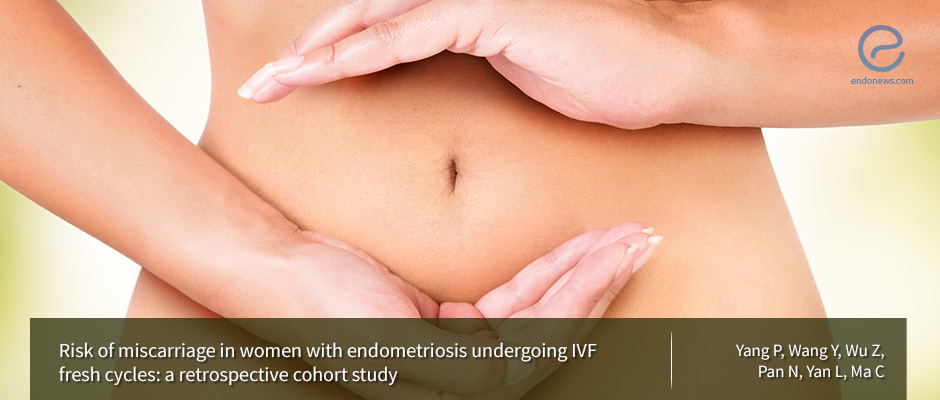
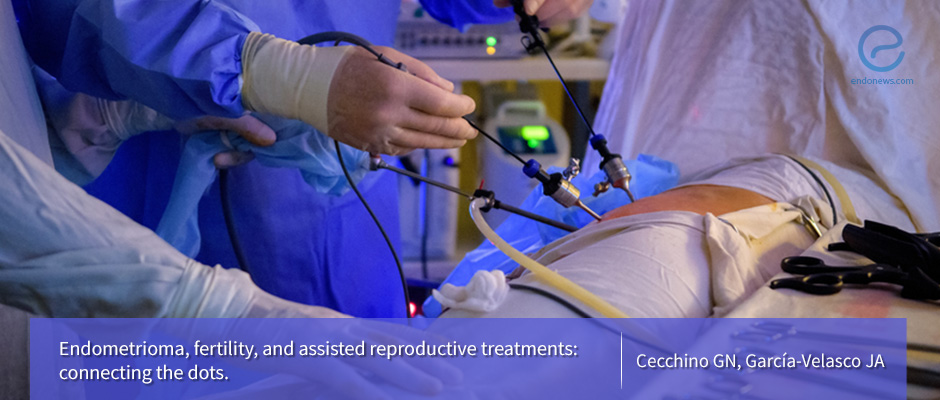
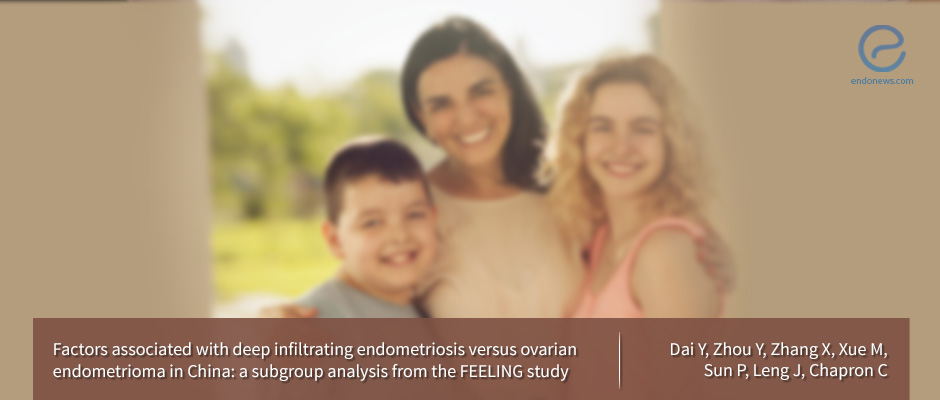
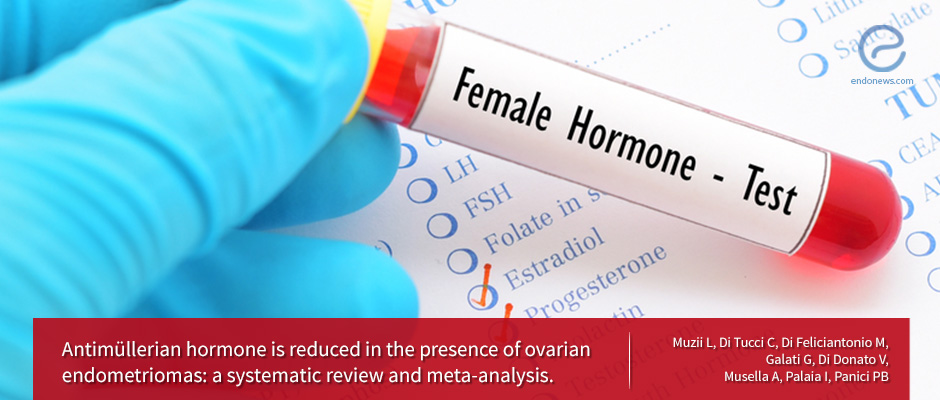
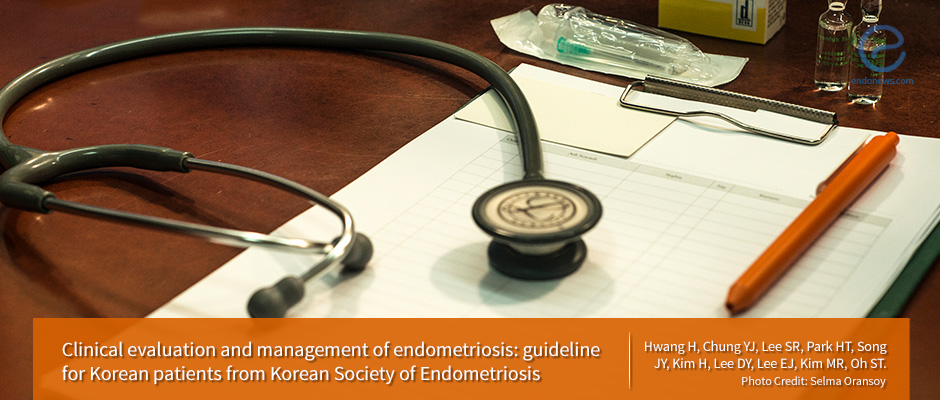
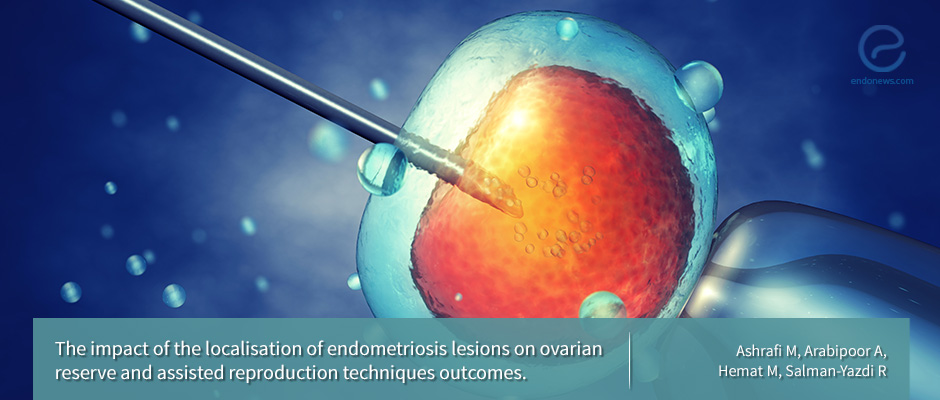
 By Murat Osman
By Murat Osman
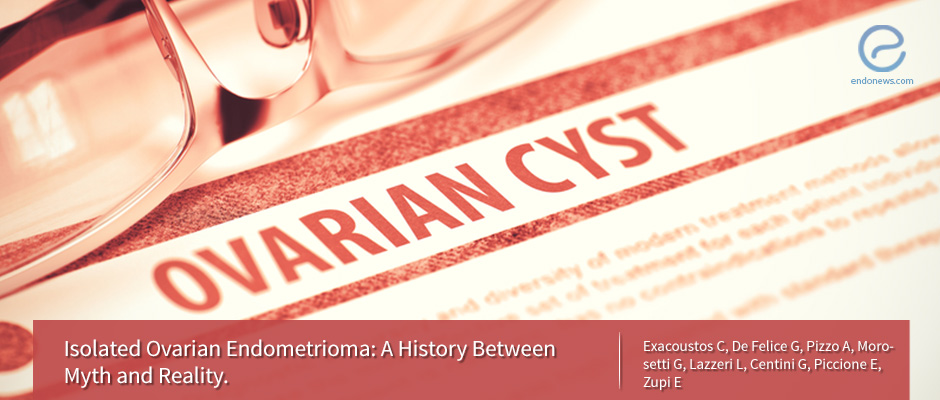
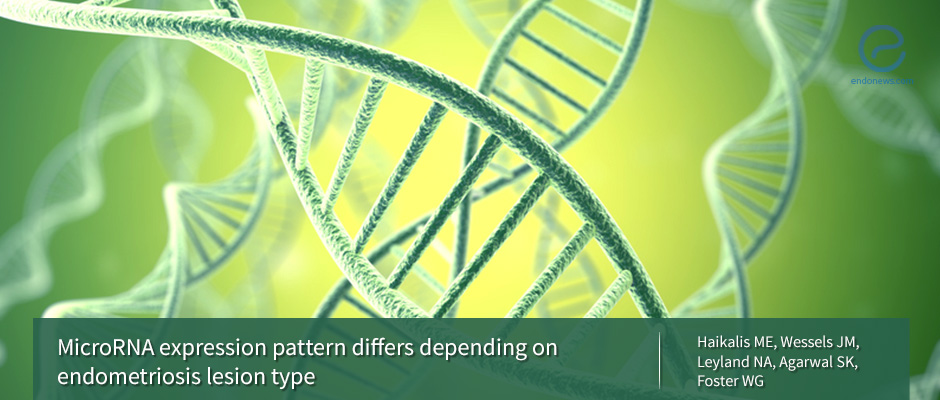
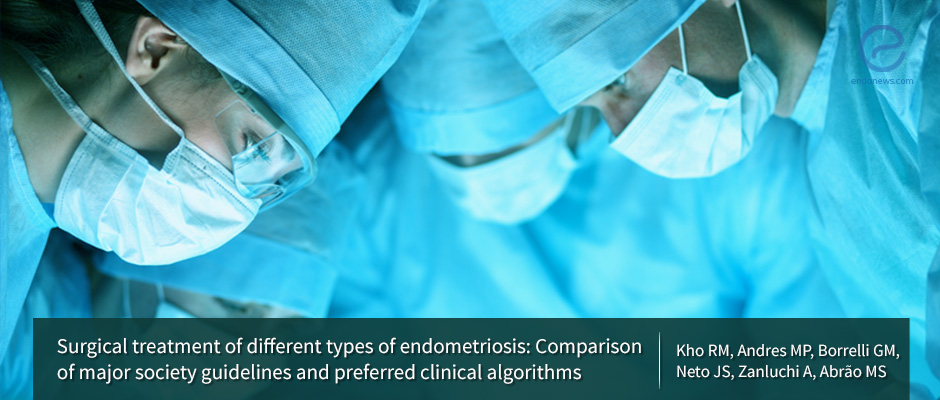
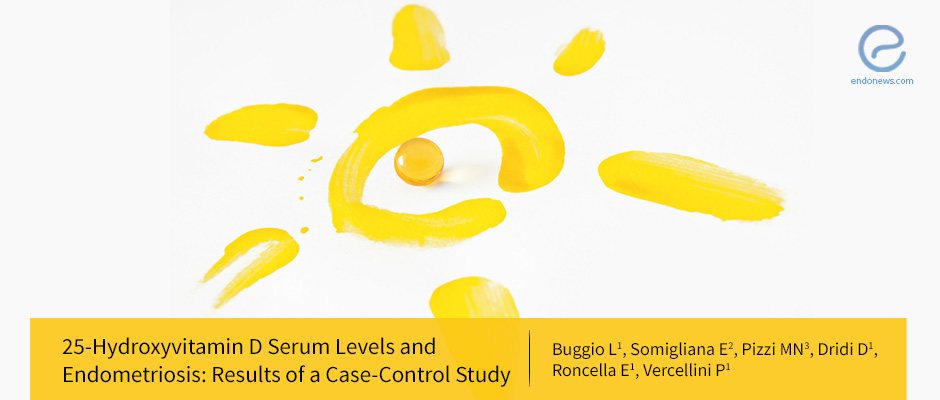
 By Kasthuri Nair
By Kasthuri Nair

